Faculty Spotlight
Shining a light on Learning and Excellence across various departments - Written By George Malouhi

Faculty Spotlight
Shining a light on Learning and Excellence across various departments - Written By George Malouhi
"From Curiosity to Discovery: Inspiring Young Scientists from Kindergarten to Year 12!"
Kindergarten
Kindergarten students have been learning about the different materials that objects are made from. Through hands-on activities and observations, they are beginning to understand how materials are chosen based on their properties.
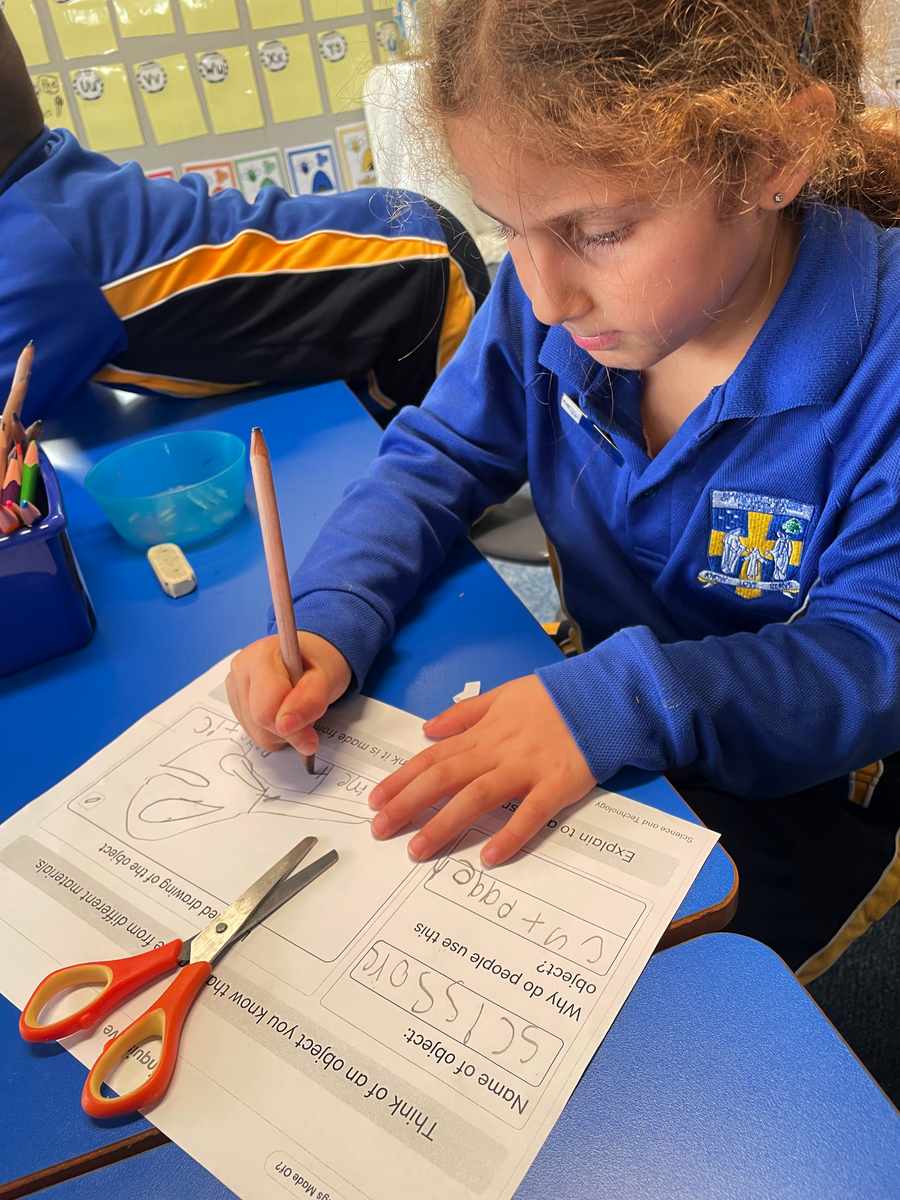
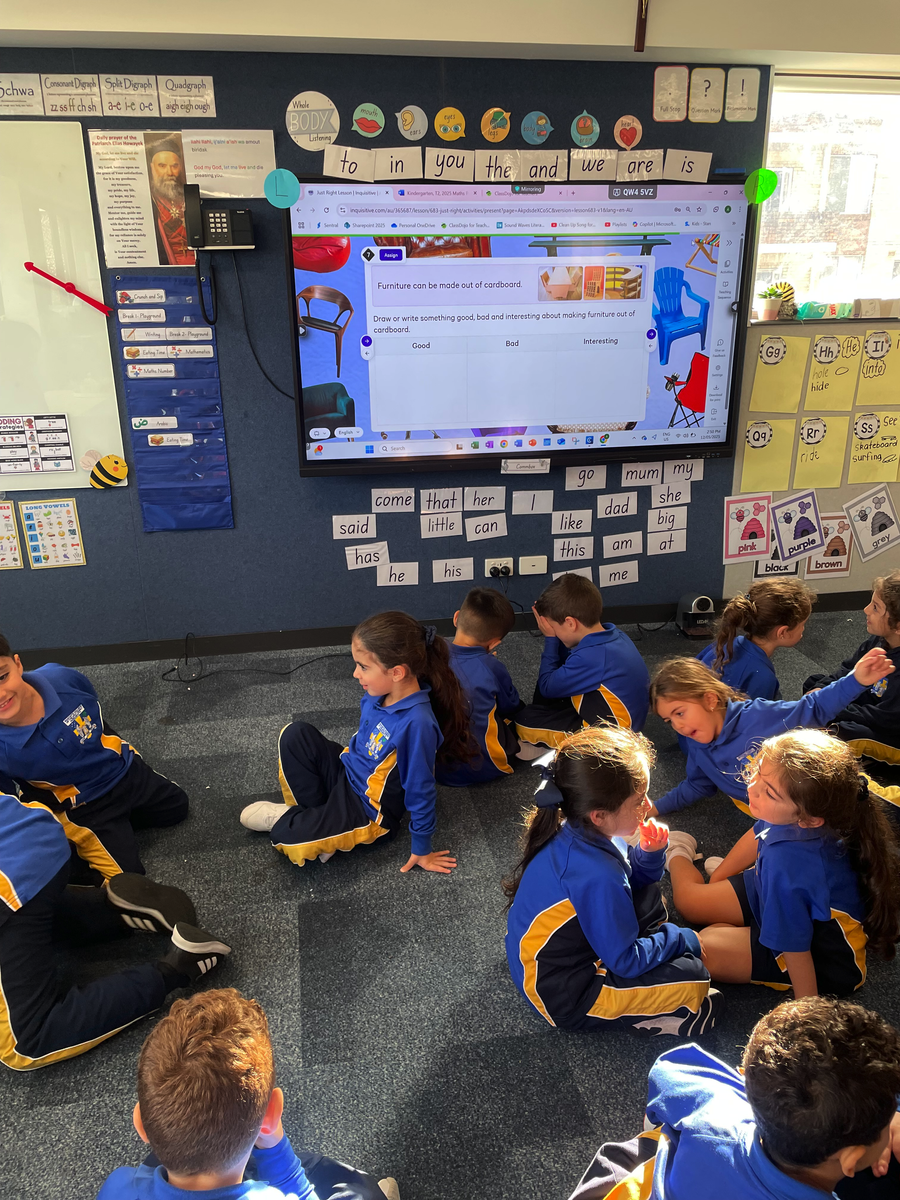


Year 1
This term, Year 1 students have been exploring the world of hardware and software. They’ve been identifying different digital systems using picture cards and engaging in class discussions to describe each device’s features and purpose. Students have also learned about various programs we use for different tasks—like Tux Paint for drawing, PowerPoint for presenting, Photos for editing, Scratch Junior for coding, iMovie for video-making, and word processing and email apps for writing and sharing messages. It’s been a fun and engaging introduction to the digital world!
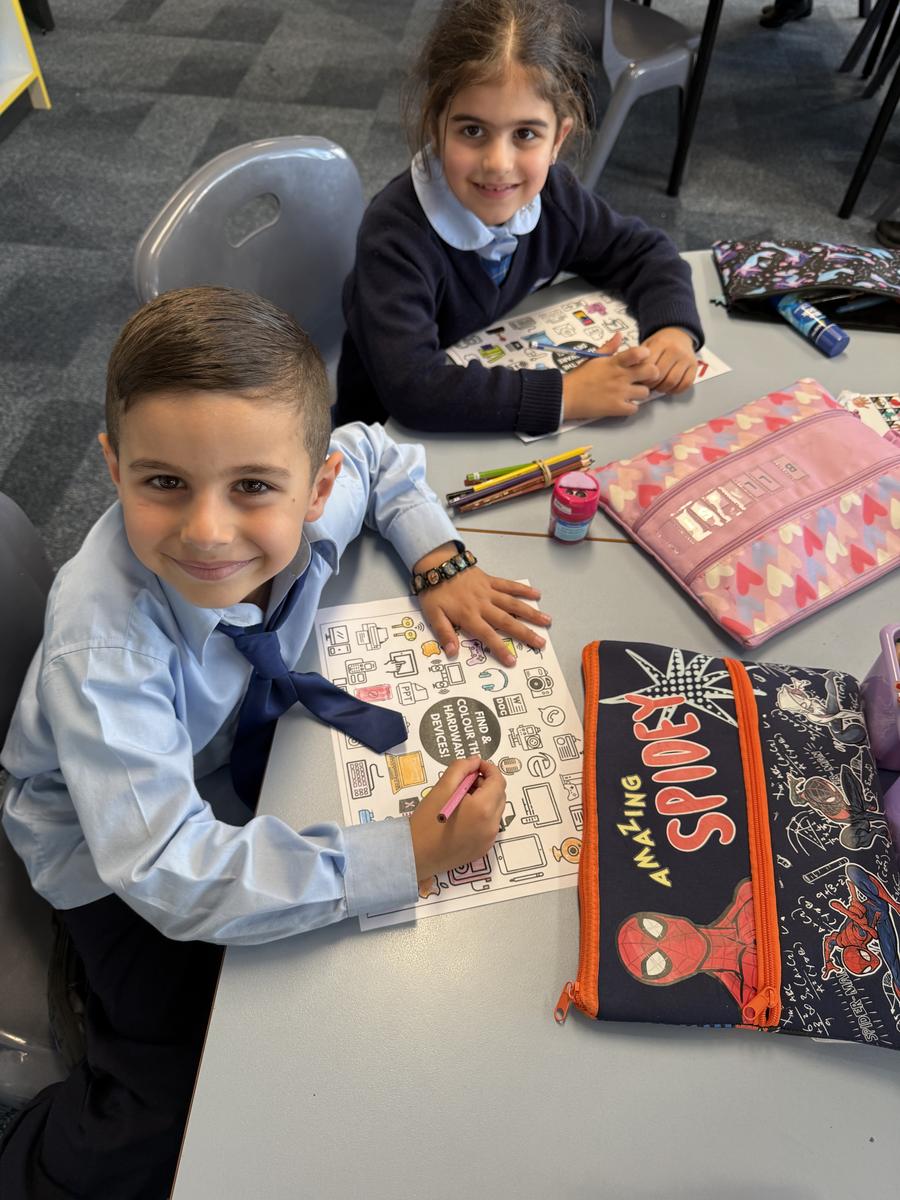
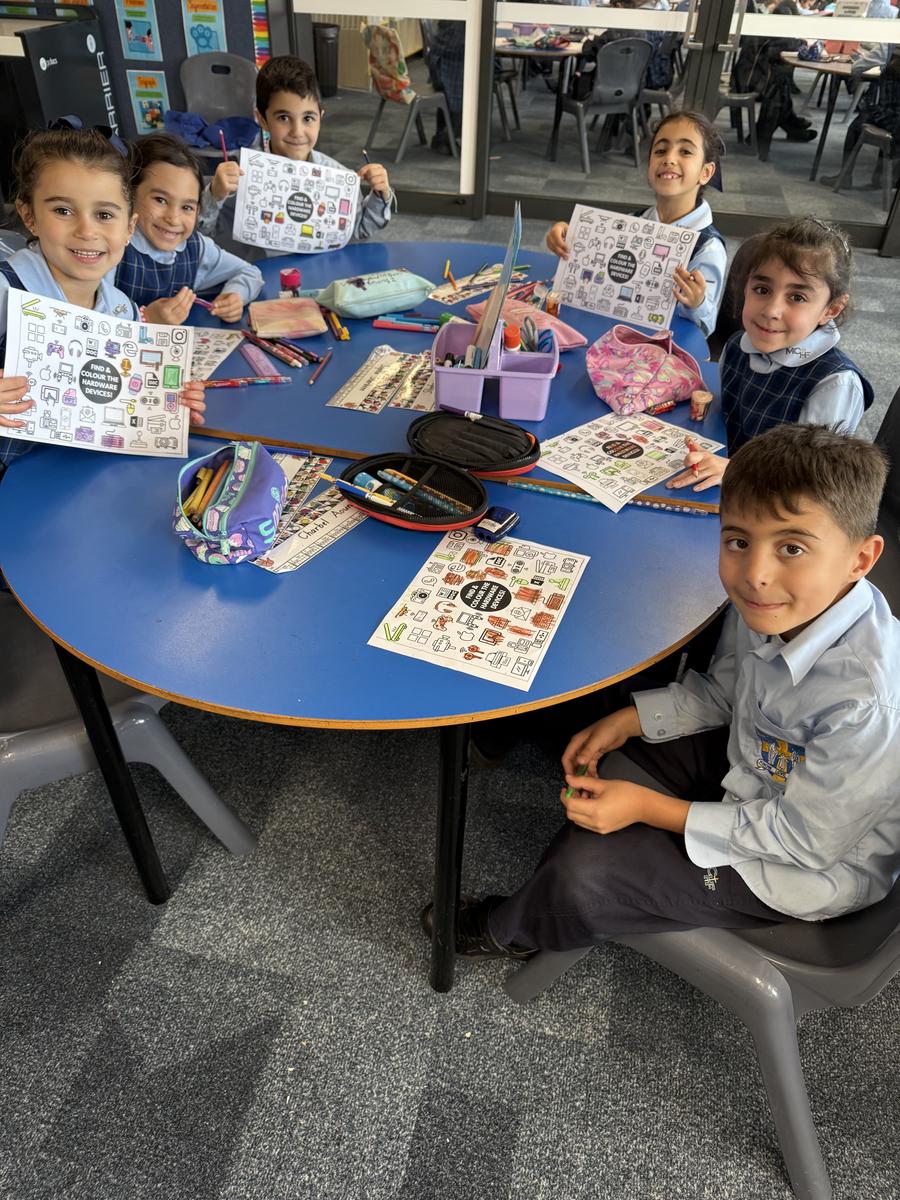


Year 2
This week, students in 2 Diamond explored the external features of plants through a fun and hands-on activity. Their learning intention was to understand and identify the different parts of a plant, such as leaves, stems, roots, flowers, and petals, and learn how each part helps the plant survive and grow.
To show their understanding, students used their creativity to design and build their own model plants. This activity supported vocabulary development, encouraged collaboration, and helped deepen their understanding of the natural world in a fun and memorable way. Their creative designs showcased just how much they’ve learned!
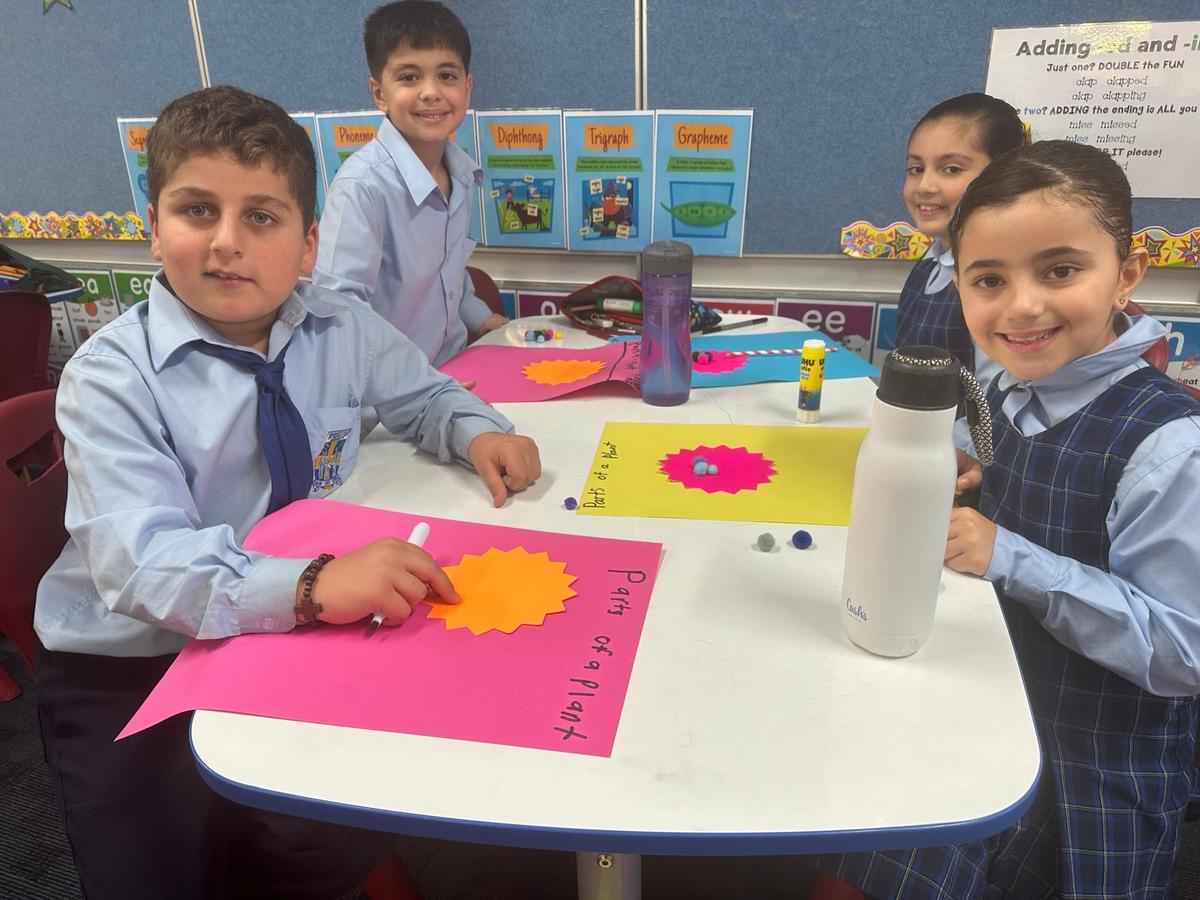
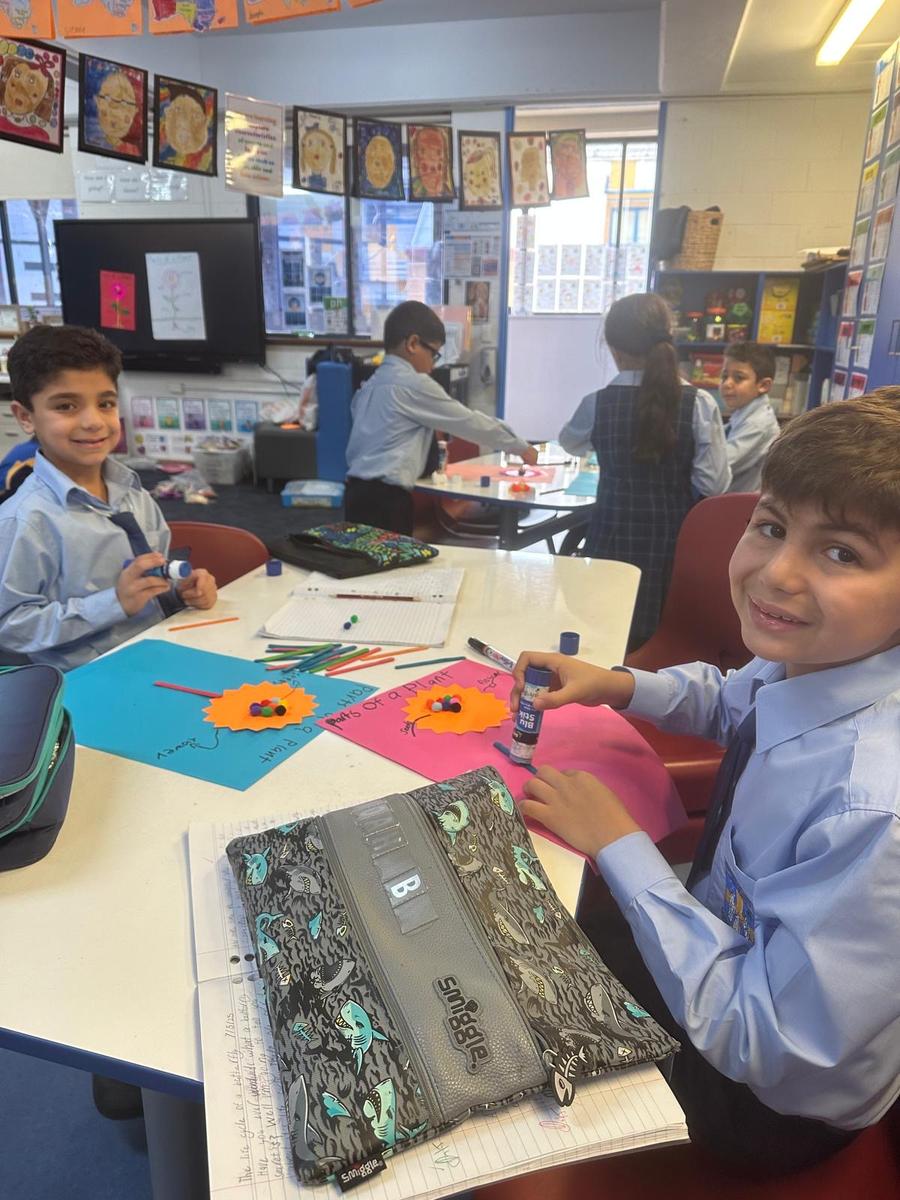
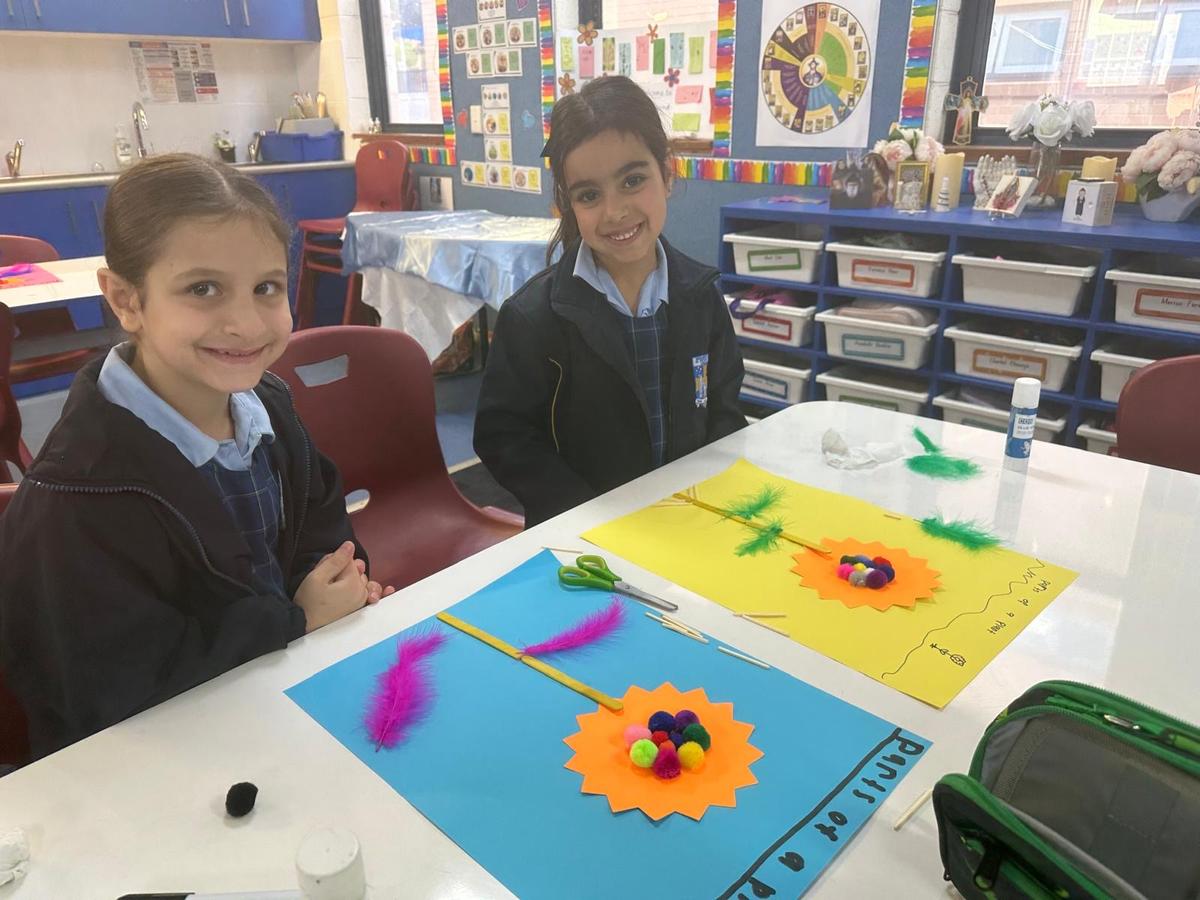
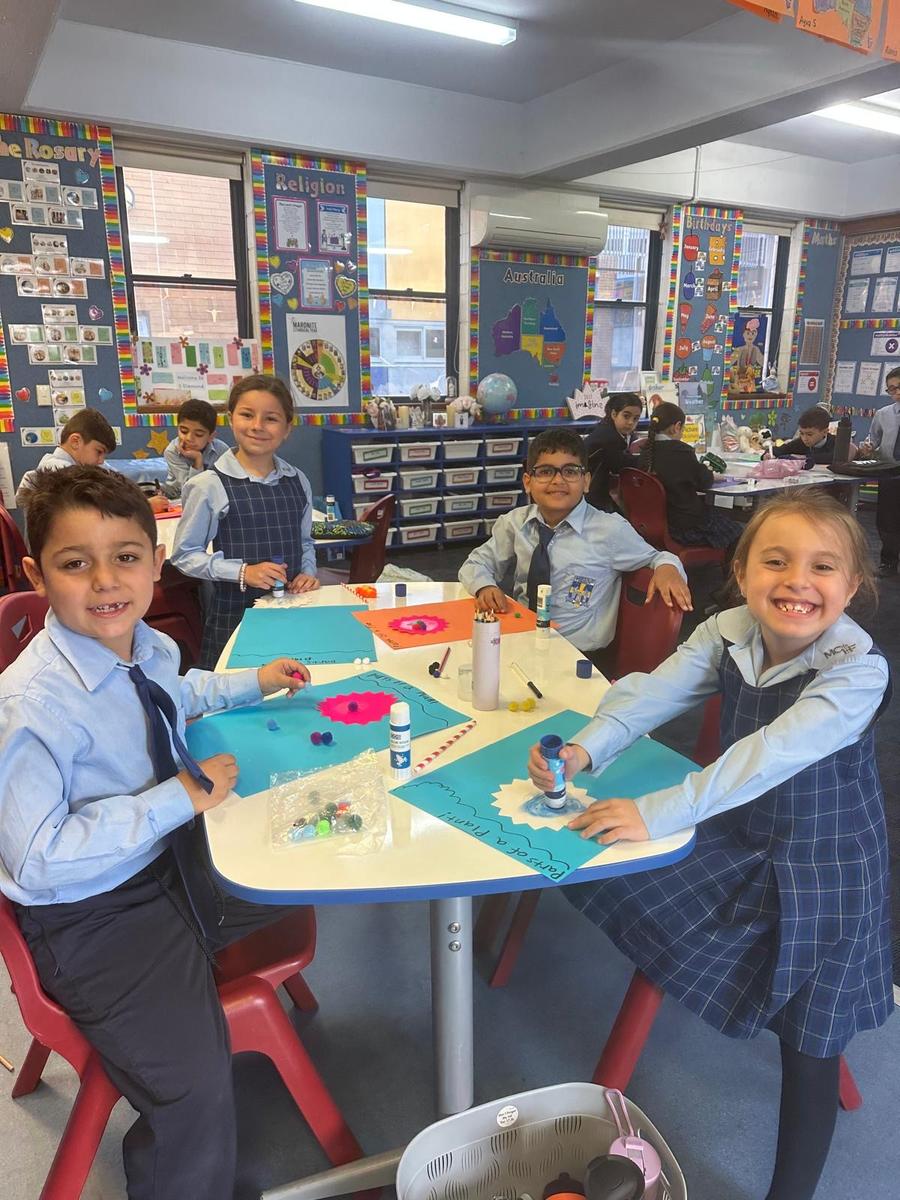
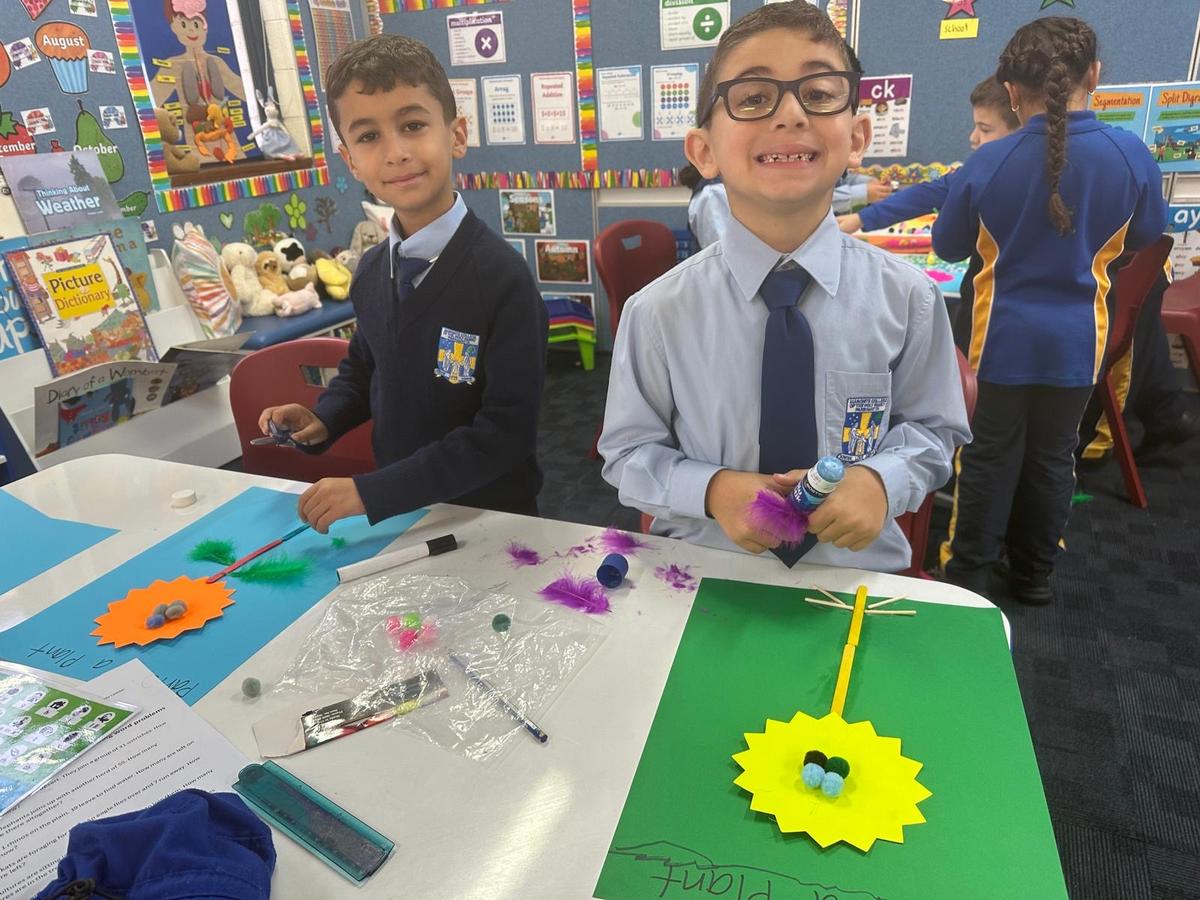
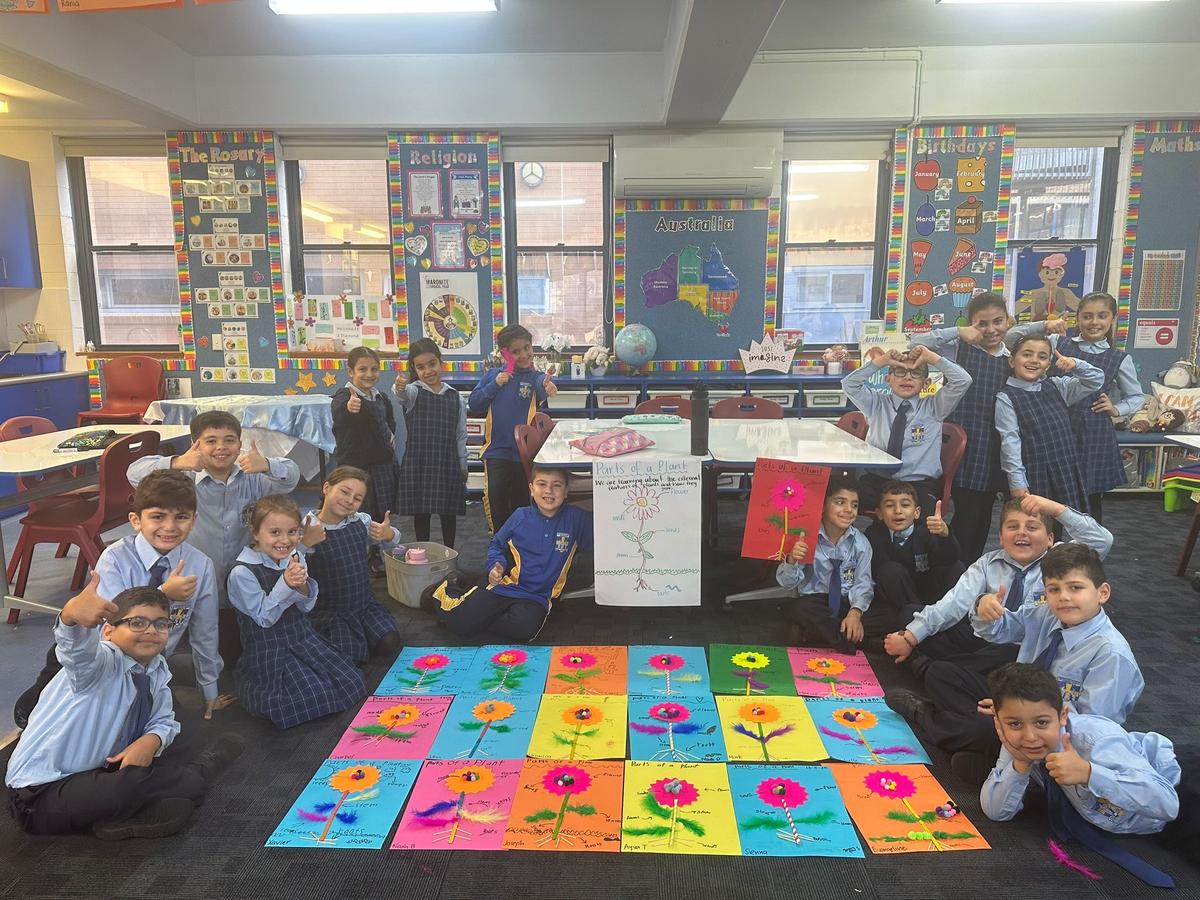
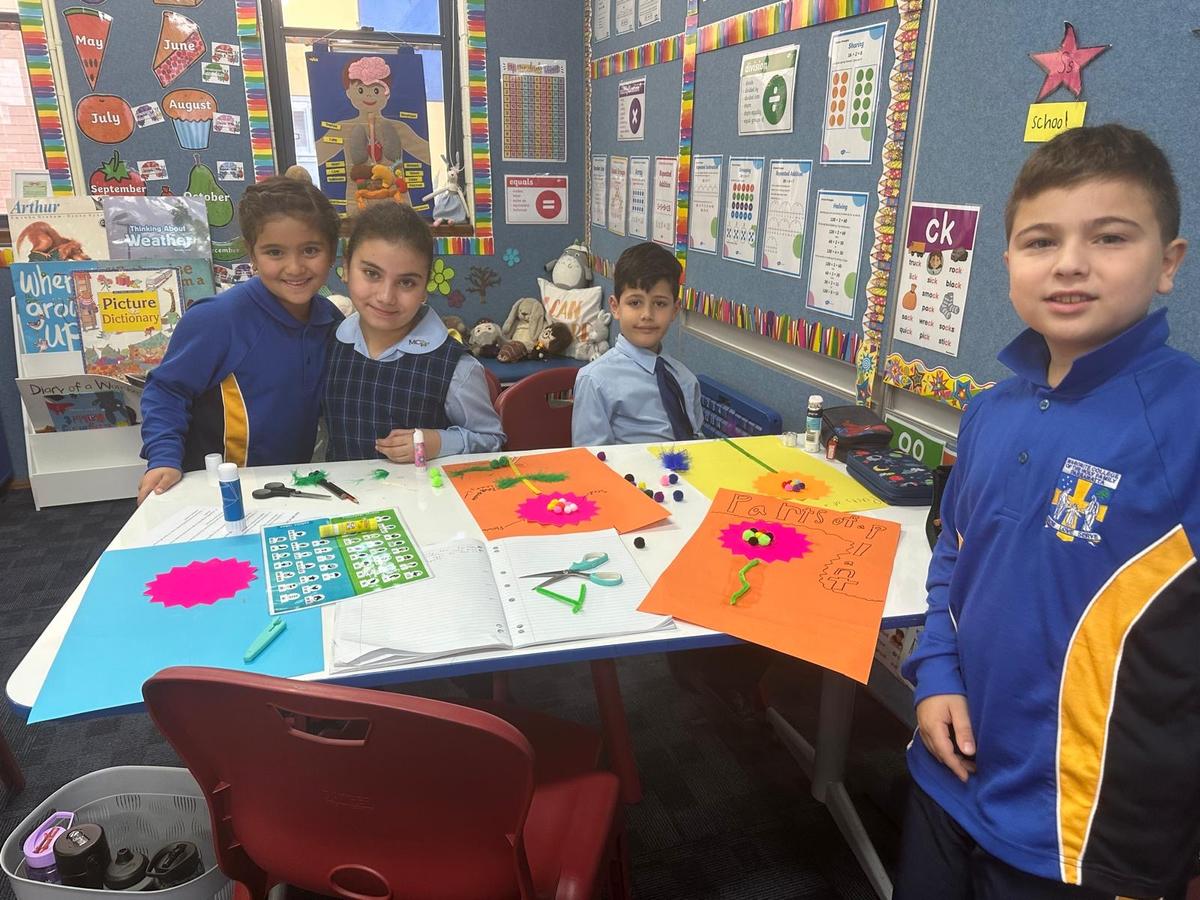







Year 3
Year 3 students have been learning about the different states of matter—solid, liquid, and gas—and how substances can change state when heat is added or removed.To explore this concept, students made jelly and observed how the heating and cooling process affects materials. This hands-on activity helped spark curiosity and supported their inquiry-based learning.
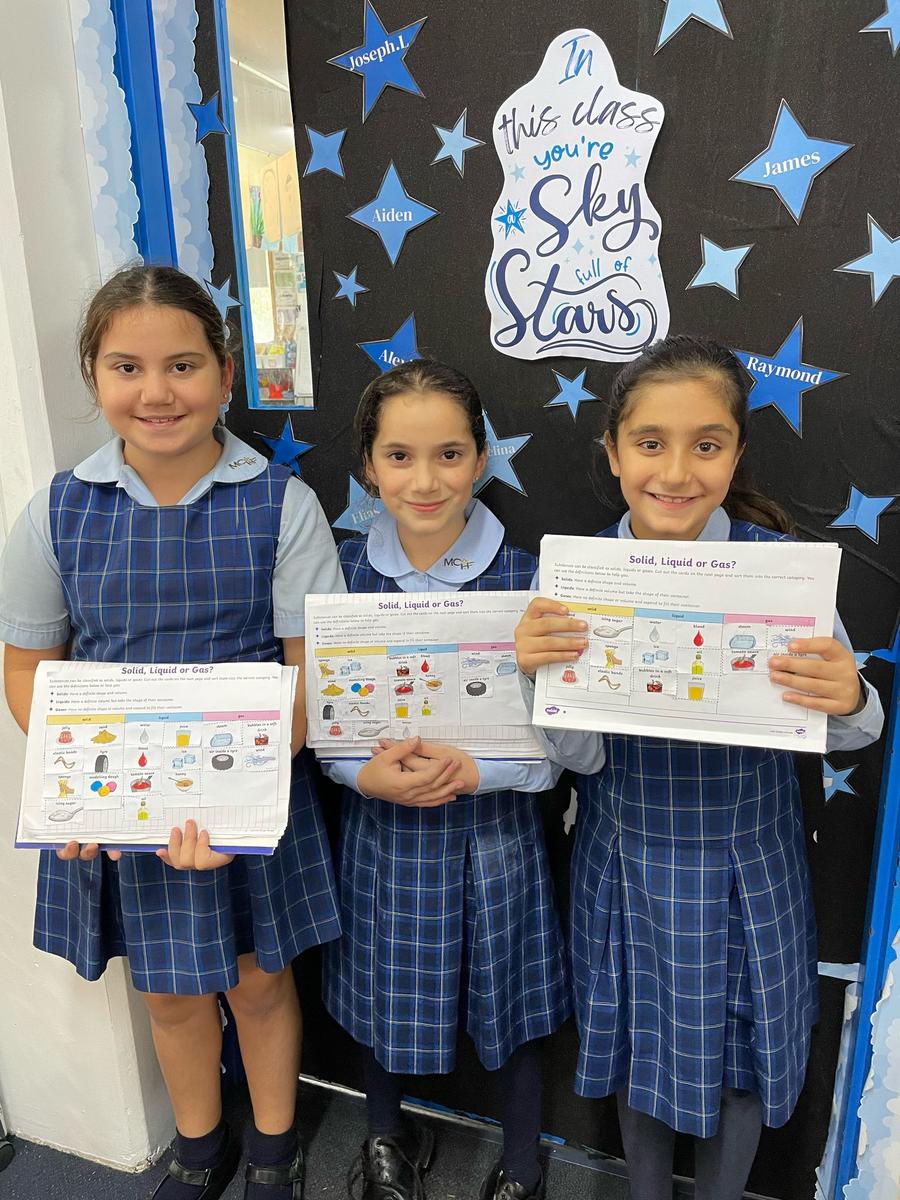
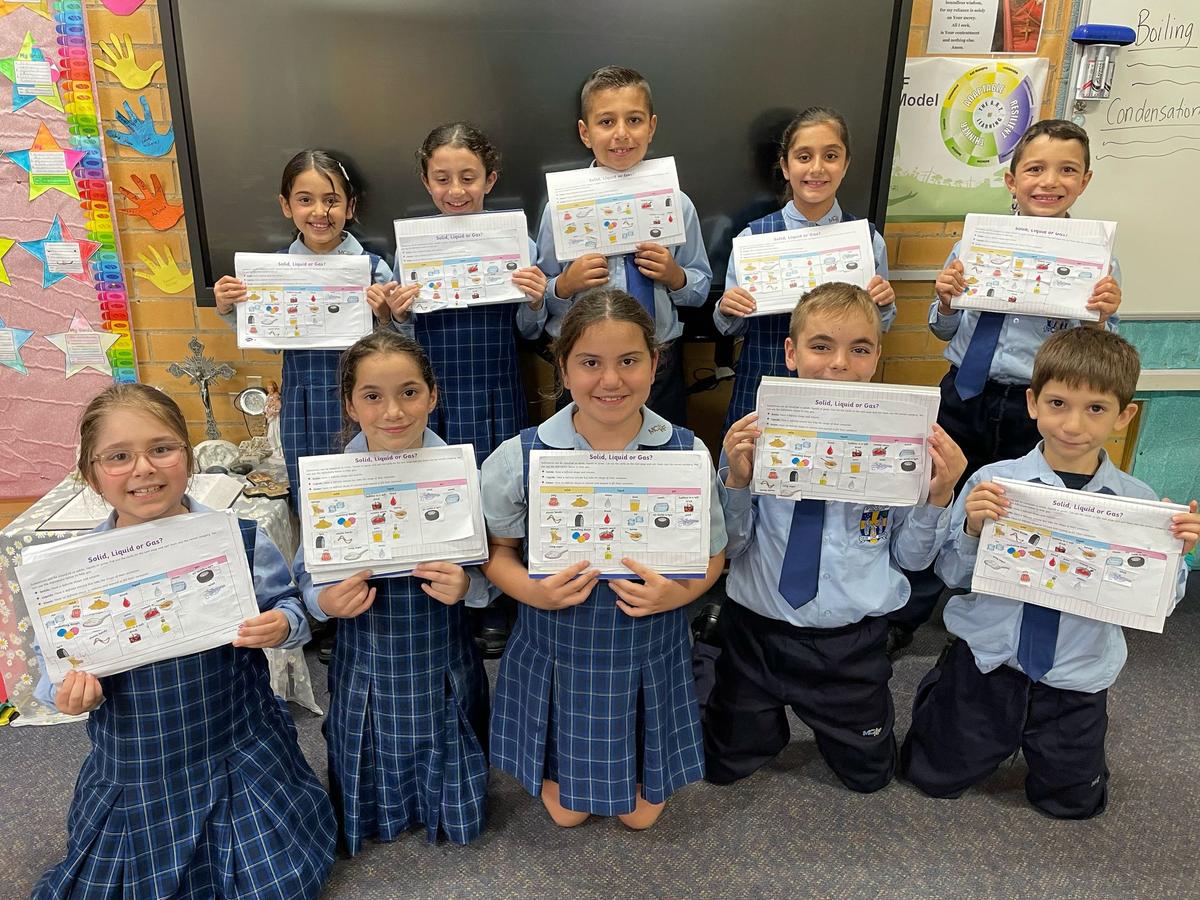


Year 4
Year 4 students went on an exciting excursion to Australiana Pioneer Village as part of their History and Science/Technology learning.They explored what life was like in early Australia and participated in hands-on experiences including water pumping, butter churning, damper making, wool spinning, clothes washing, and a tractor ride. They also learned about old tools and machinery, gaining insights into how technology has changed over time.
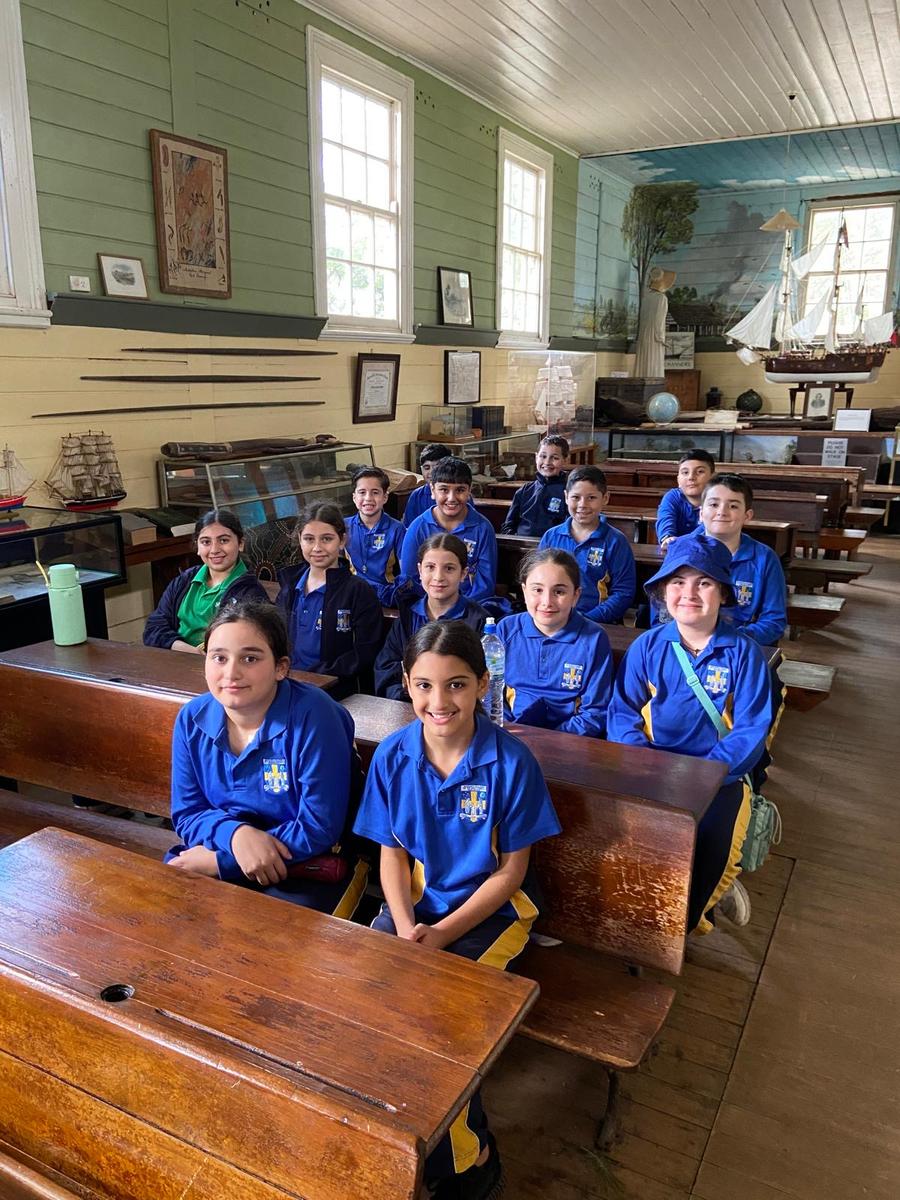
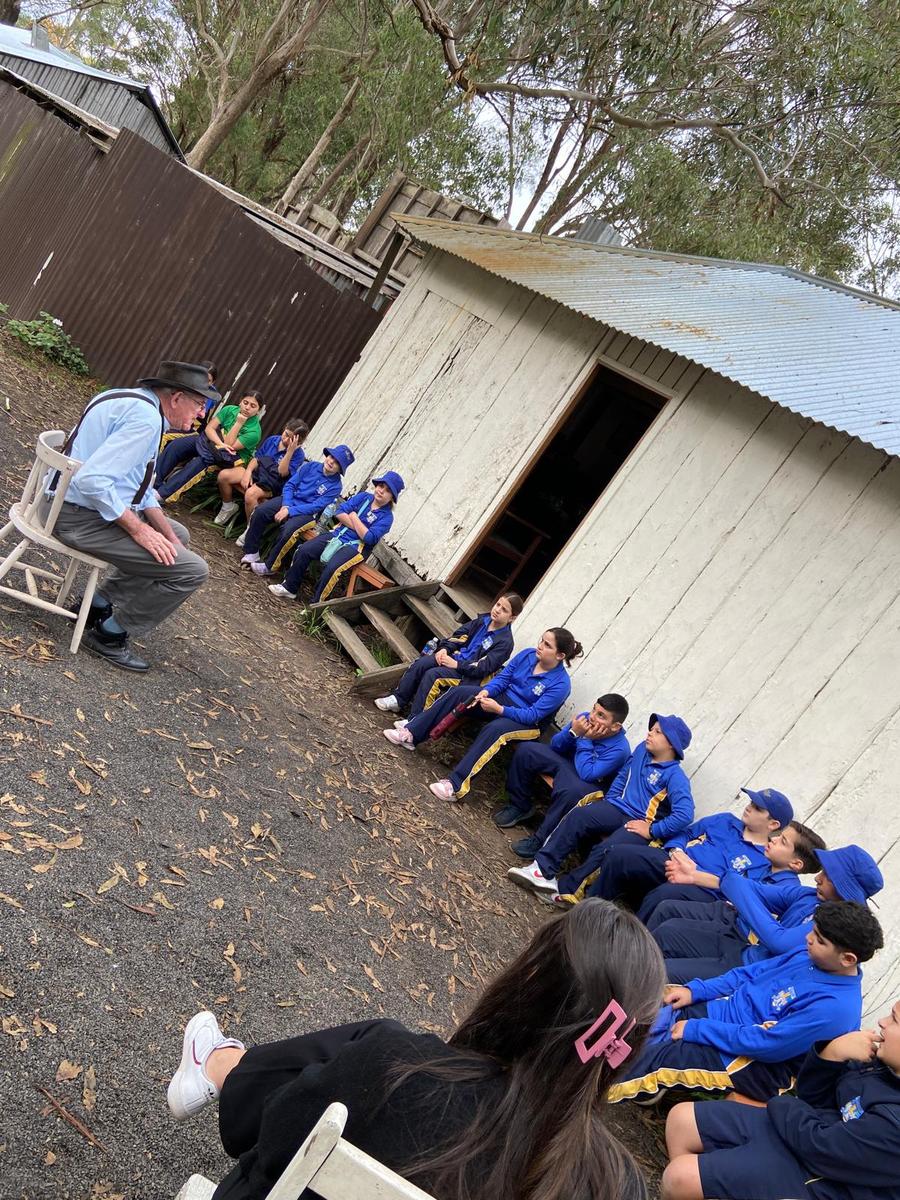
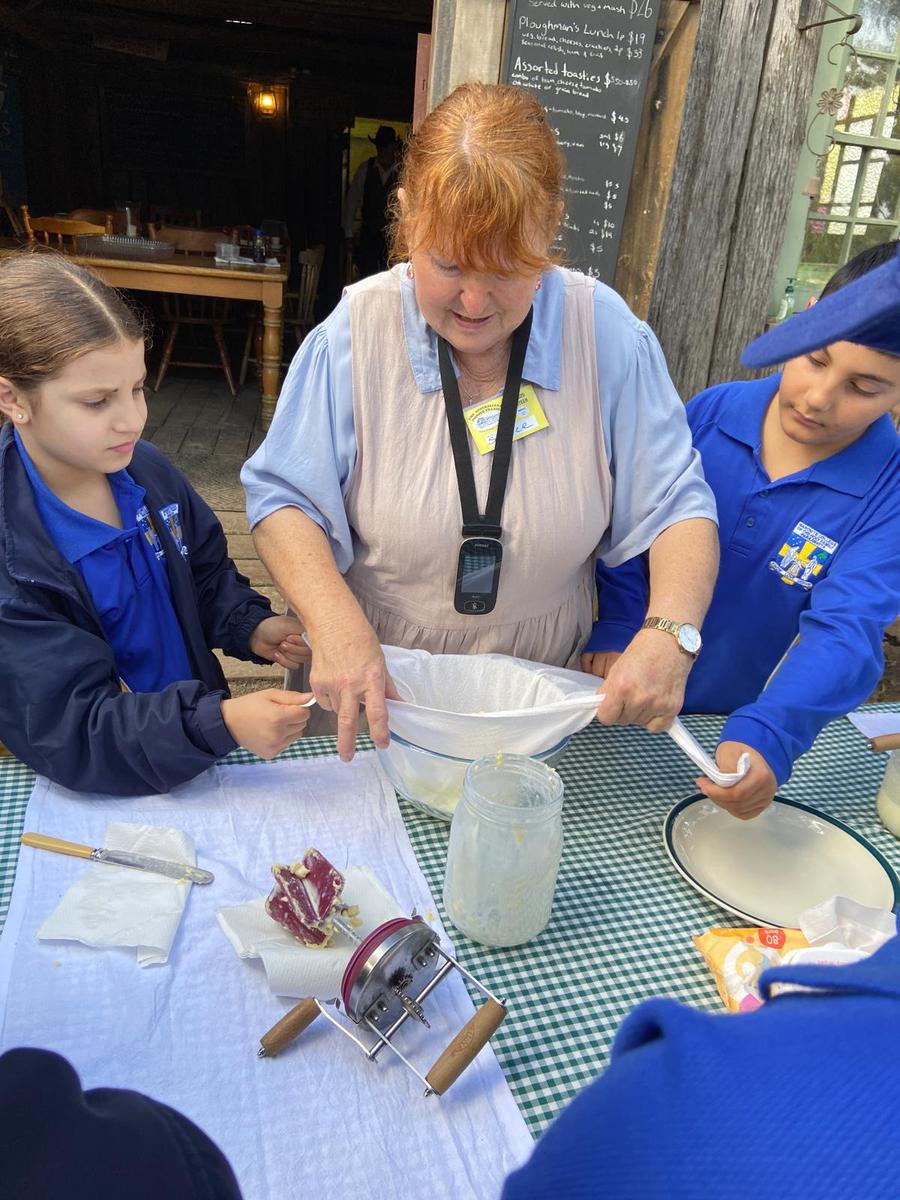
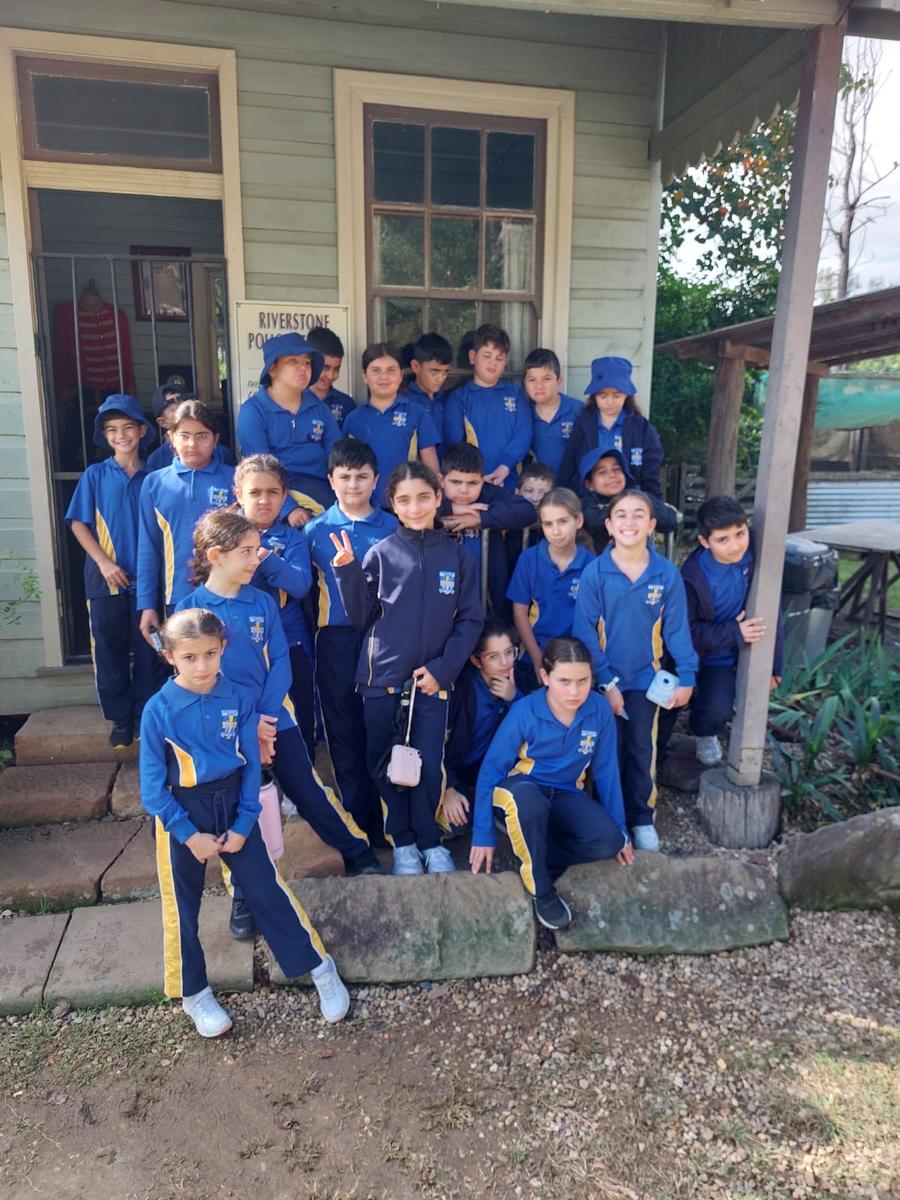




Year 5
Year 5 students have been learning how solids, liquids, and gases behave differently. To bring their learning to life, students completed an engaging experiment using a balloon, vinegar, baking soda, and a bottle to observe how a gas can inflate a balloon. This practical investigation helped students see particle behaviour in action and reinforced key scientific concepts.
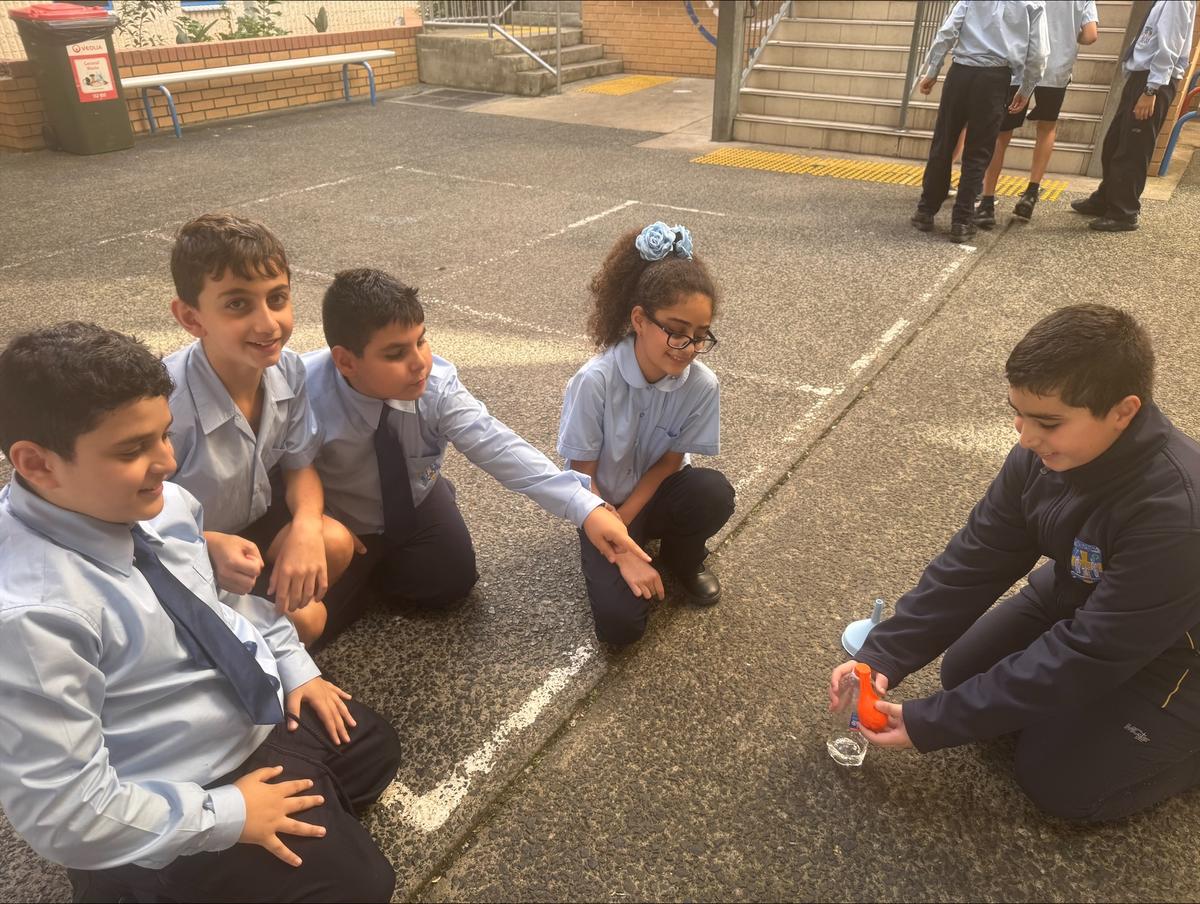
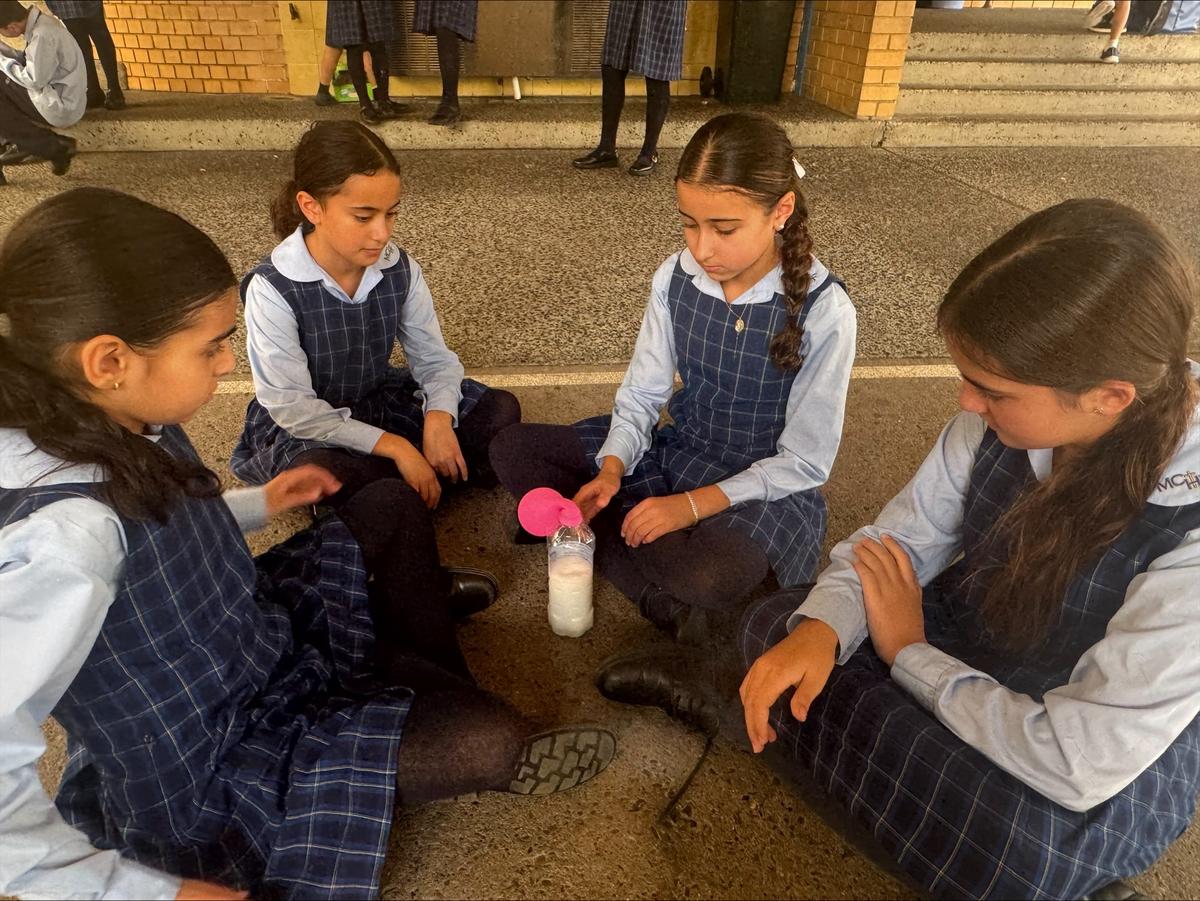
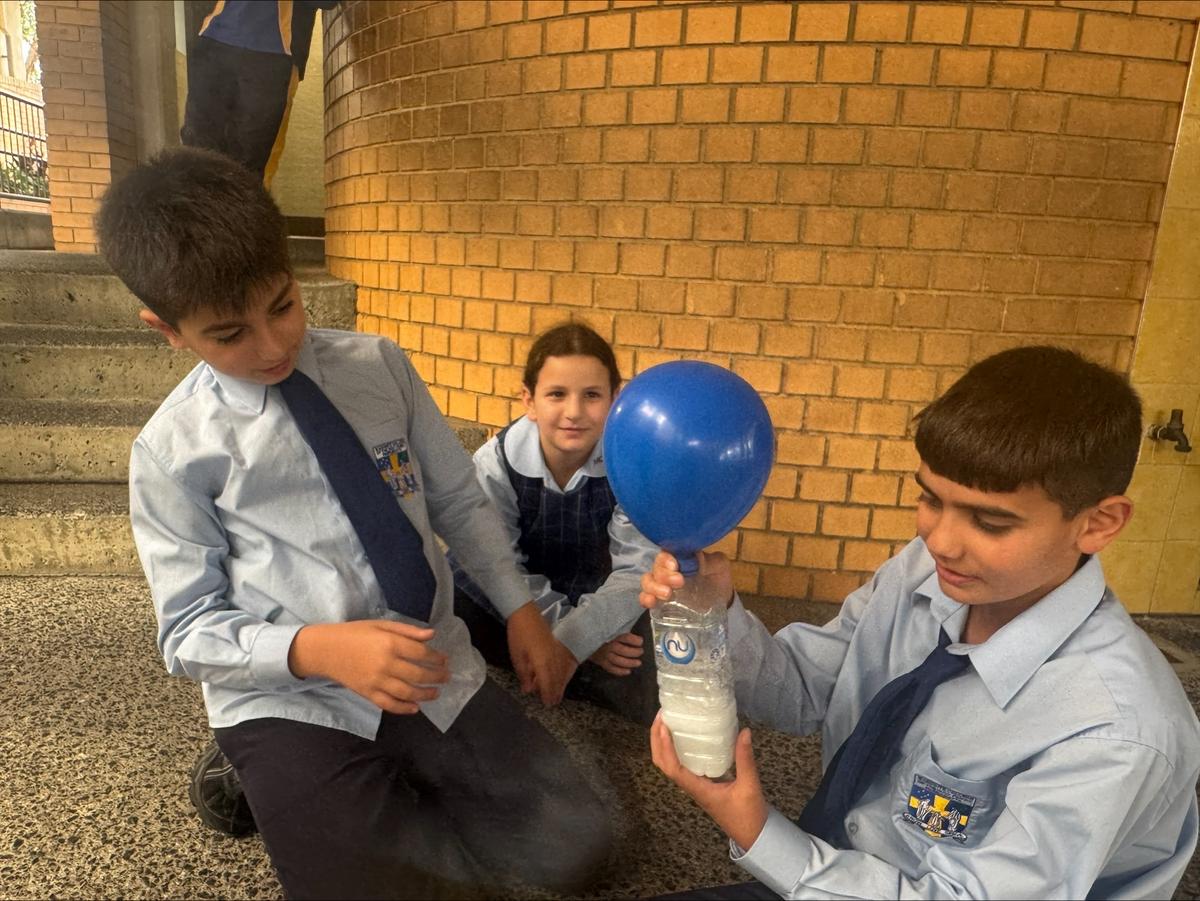
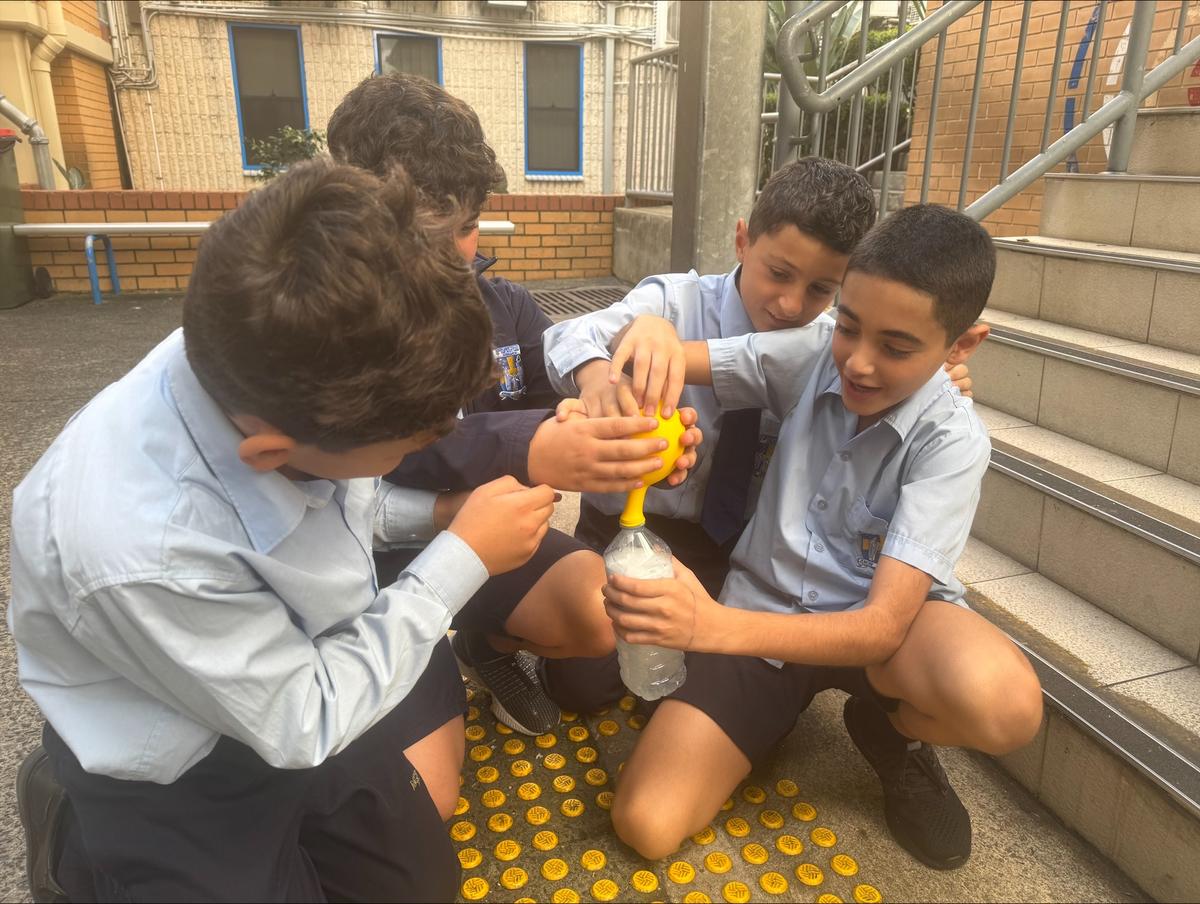
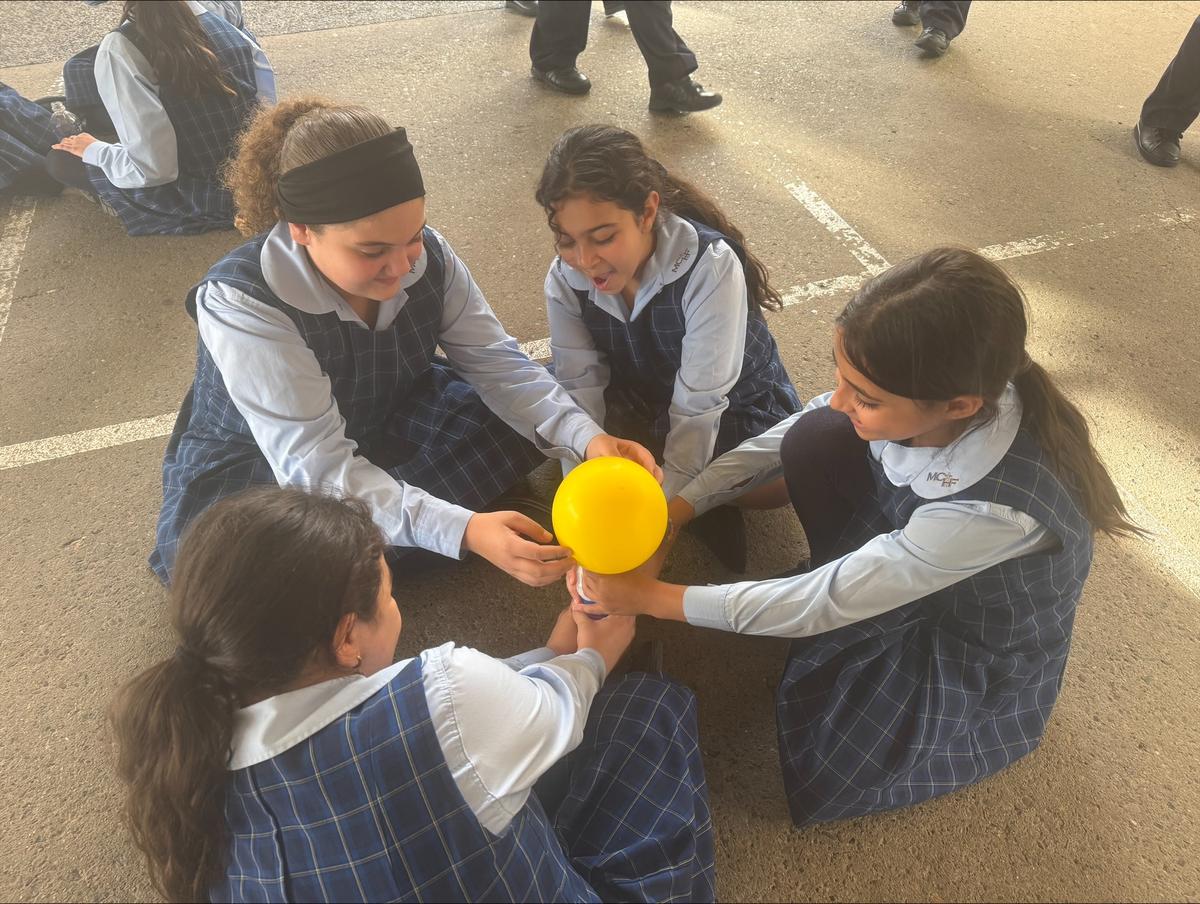





Year 6
This term, Year 6 are exploring what makes a planet suitable for life. After brainstorming ideas and watching a video on habitability, students discussed key factors such as the Goldilocks zone (not too hot or cold), the presence of water, clean air, stable weather, sunlight, and protection from space hazards. They are now researching real exoplanets such as Proxima Centauri b and Kepler-186f using NASA resources, investigating their size, distance from their stars, and potential for life. It’s an exciting journey into space science and the possibilities of life beyond Earth!
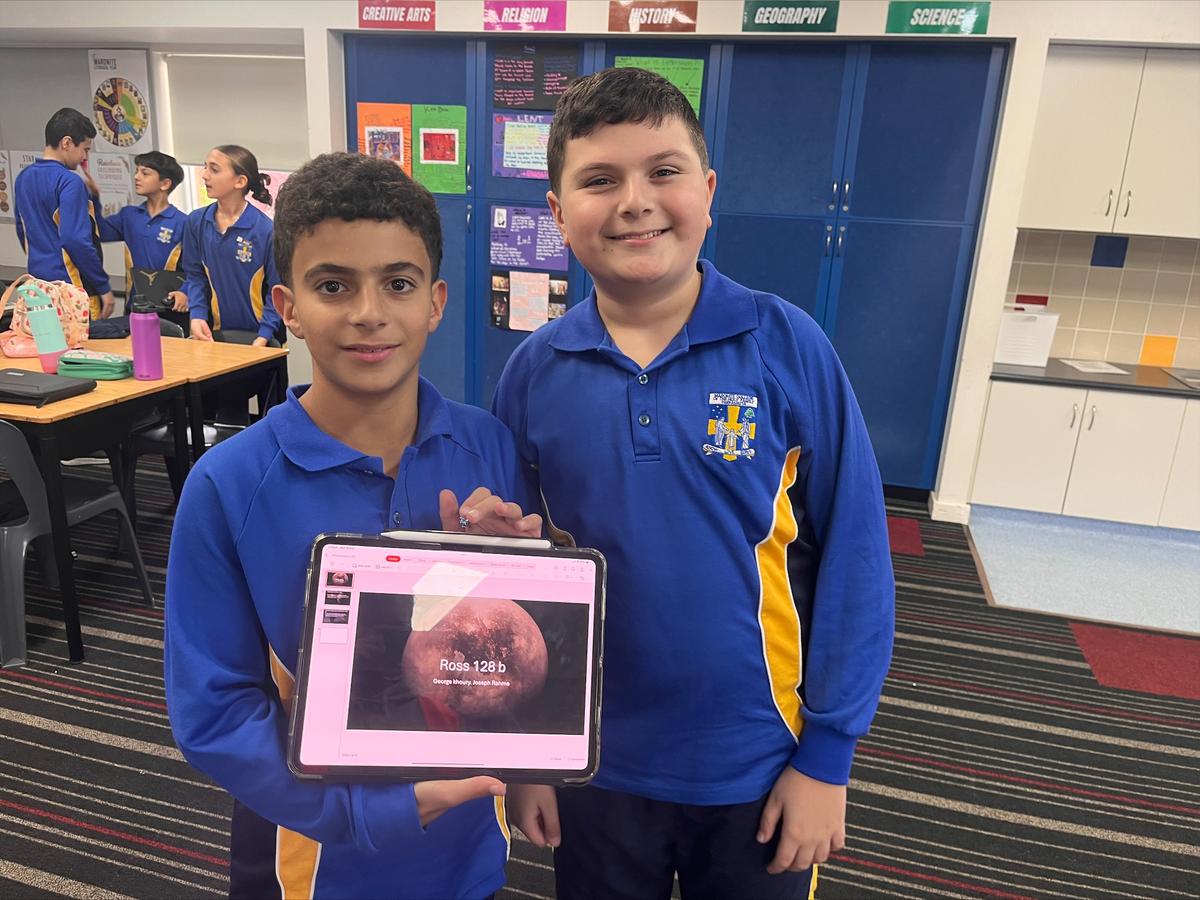
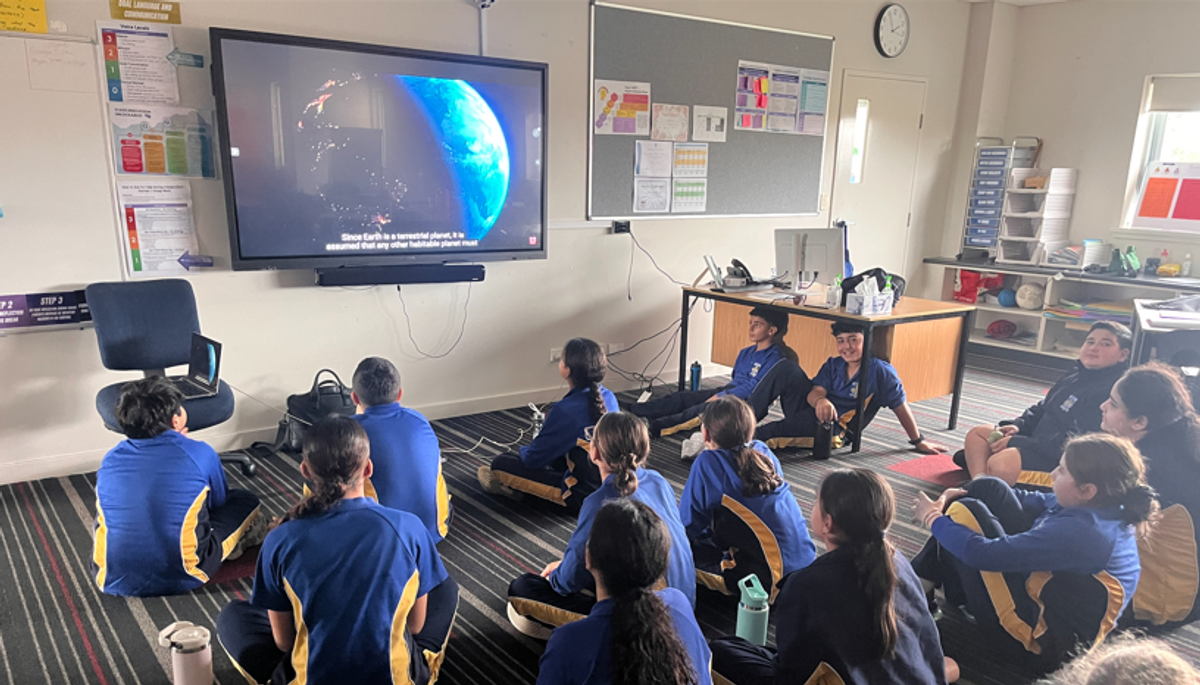


Stage 4
Year 7 Budding Scientists Explore Mixtures and Measurement in the Lab
Ms Pietak’s Year 7 Science class has been diving into the fascinating world of mixtures as part of their Stage 4 curriculum. Over the past few weeks, students have engaged in a series of hands-on experiments designed to enhance both their understanding of different types of mixtures and their practical laboratory skills.
Using a variety of lab equipment—including beakers, measuring cylinders, digital scales, and filter paper—students investigated how mixtures can be physically combined and separated. From making solutions and suspensions to exploring the effects of filtration and evaporation, each activity encouraged curiosity, critical thinking, and teamwork.
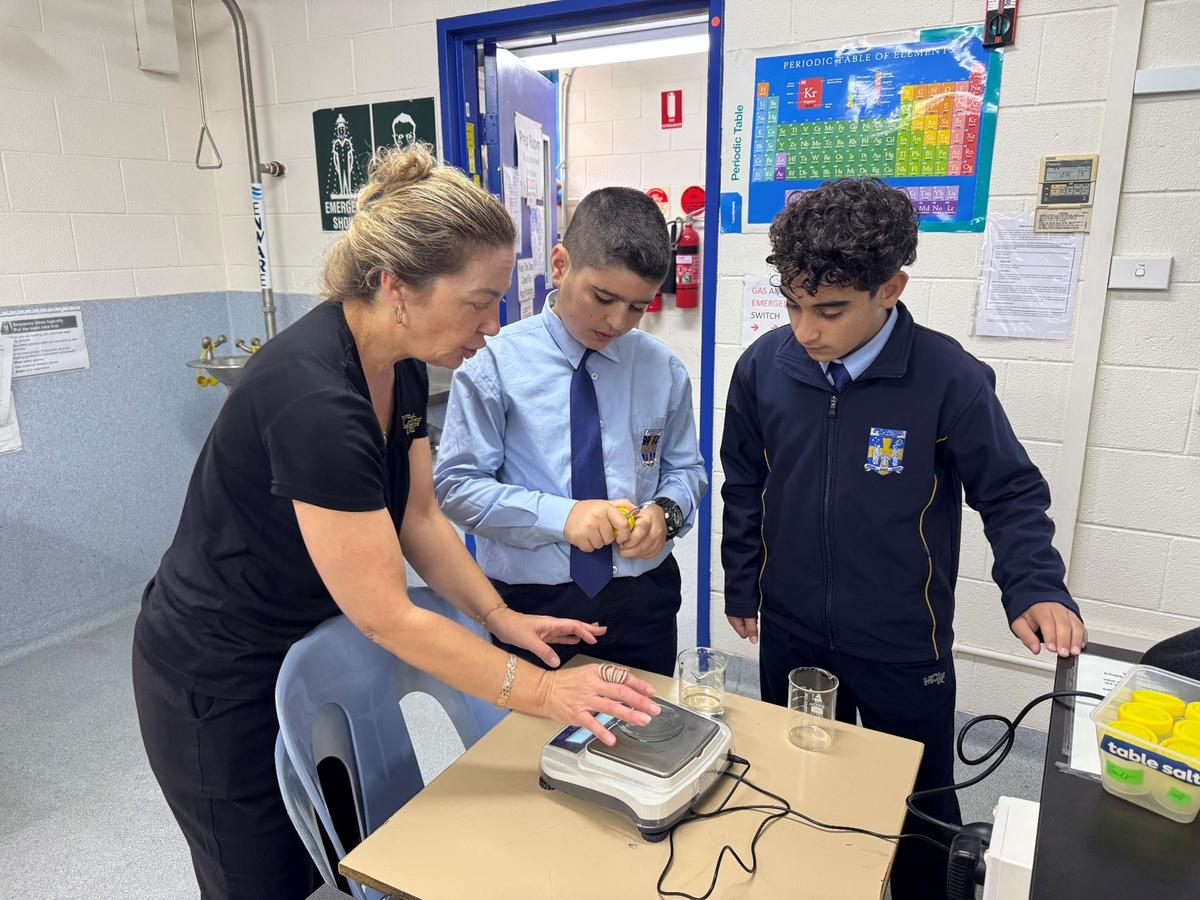
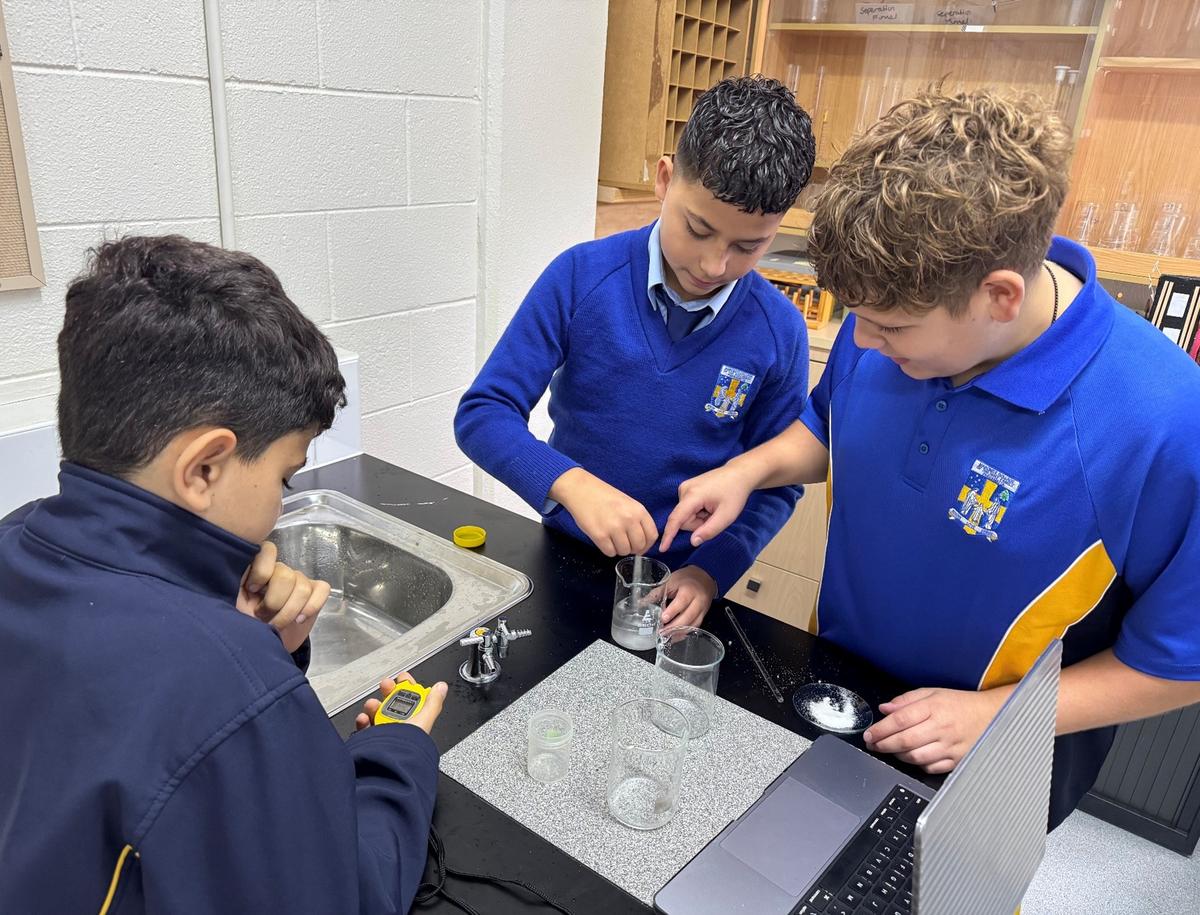


Stage 5
Year 10 Students in Motion: Exploring Physics with Ticker Timers
Ms Carlos’s Year 10 Physics class has been actively exploring the principles of motion as part of their Stage 5 studies. In a recent series of practical lessons, students used ticker timers—classic tools in physics experiments—to investigate how objects move and how we can measure their speed, acceleration, and changes in velocity.
This hands-on investigation has brought the laws of motion to life, sparking curiosity and laying the groundwork for deeper explorations into the physical world.
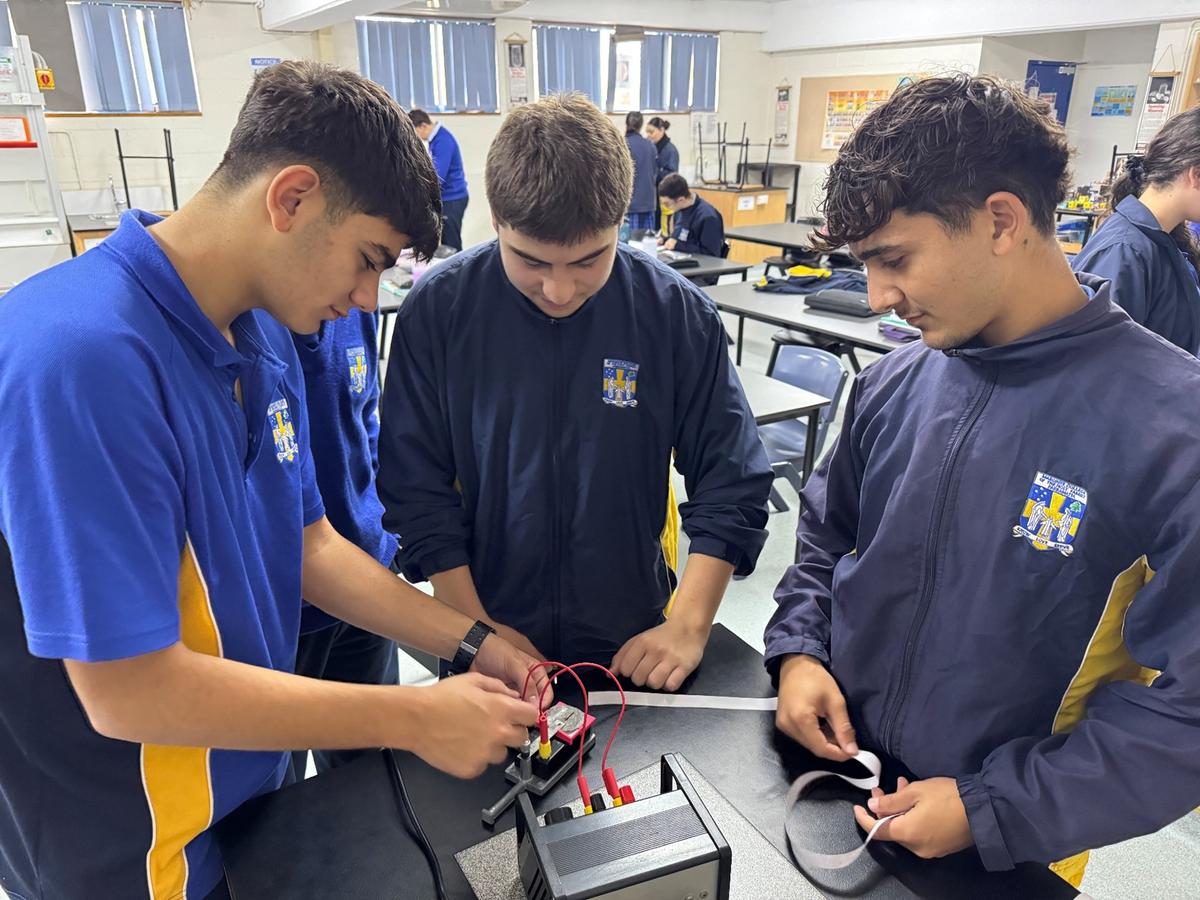
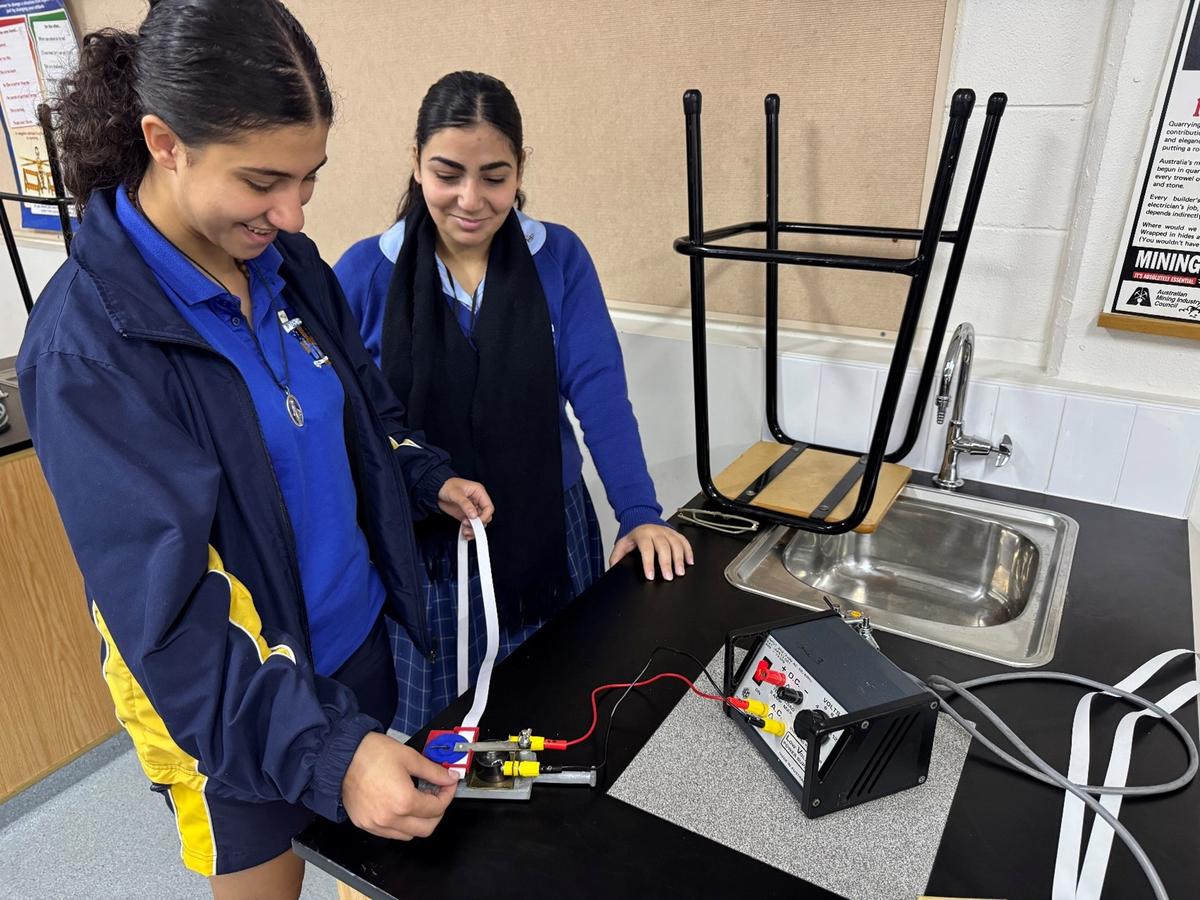


Stage 6
Year 11 Chemists in their Element.
Year 11 Chemistry students performing an experiment as part of their Depth Study in the Preliminary Chemistry course. Students are preparing a standard solution of barium chloride, which they will subsequently use to determine the Sulfate content in a fertilizer sample.
This is an analytical technique: where the sulfate ions are quantitatively converted into an insoluble precipitate of barium sulfate, using the standard Barium chloride. From the mass of BaSO₄ formed and the known stoichiometry of the reaction, the original concentration (and hence the mass percent) of Sulfate in the fertilizer can be calculated.
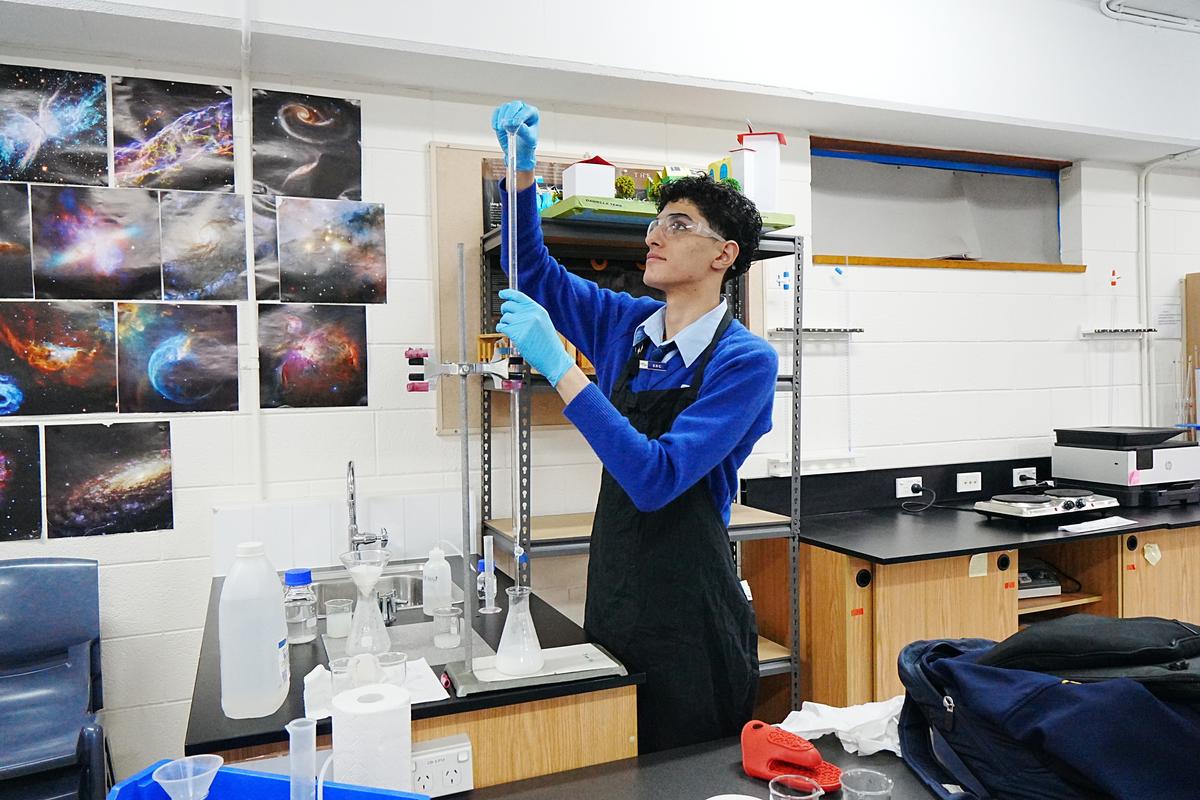
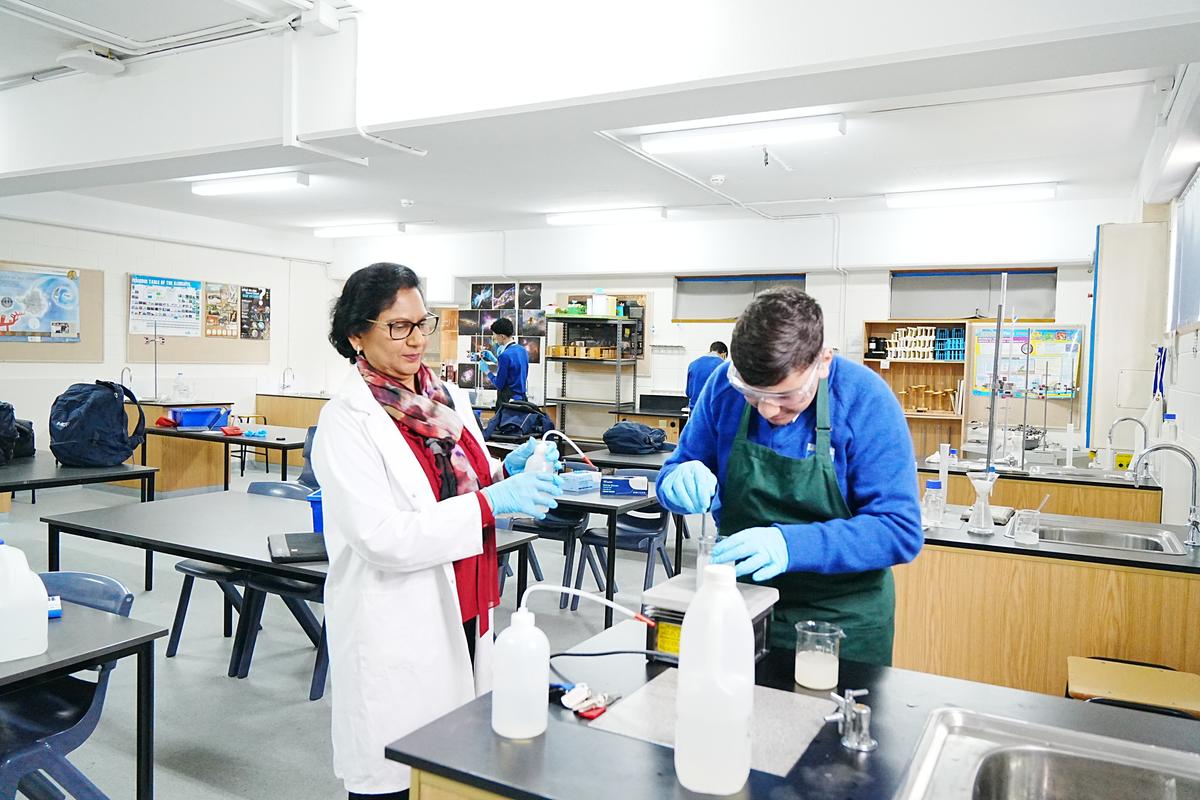
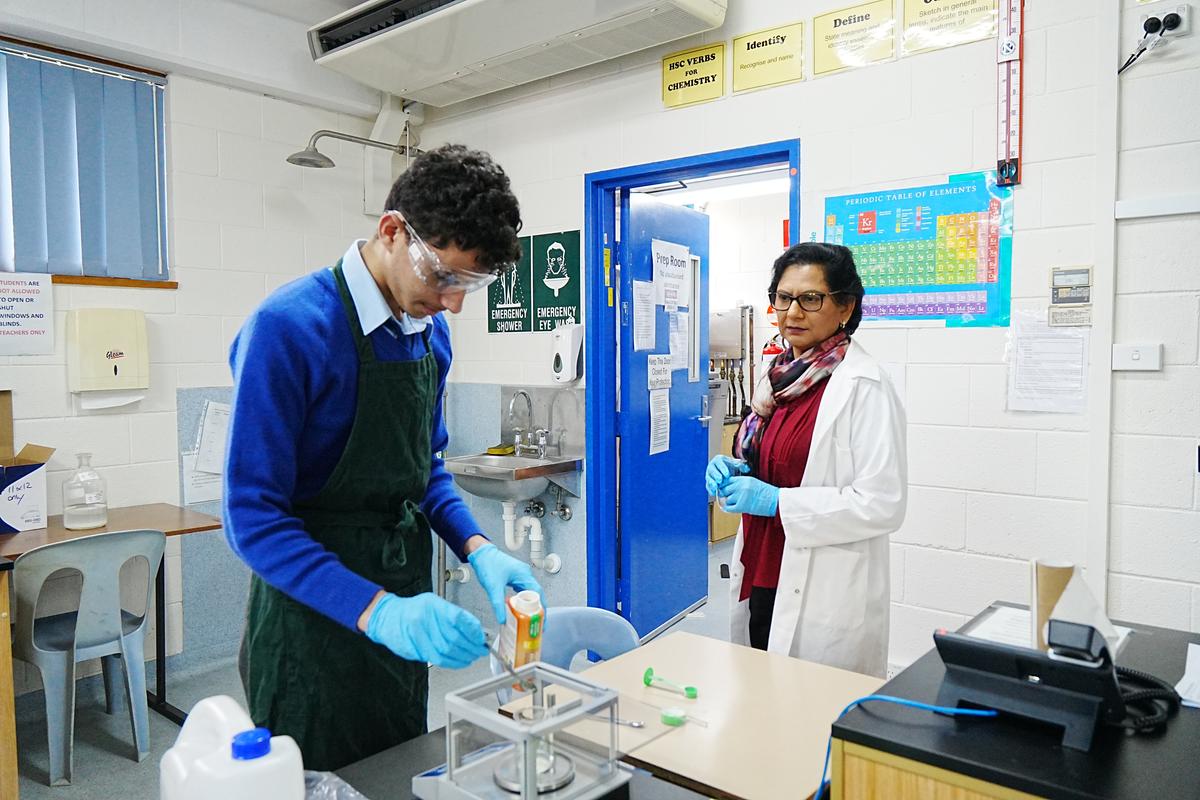



Mr. Sassine’s Year 12 Chemistry class creating synthetic esters.
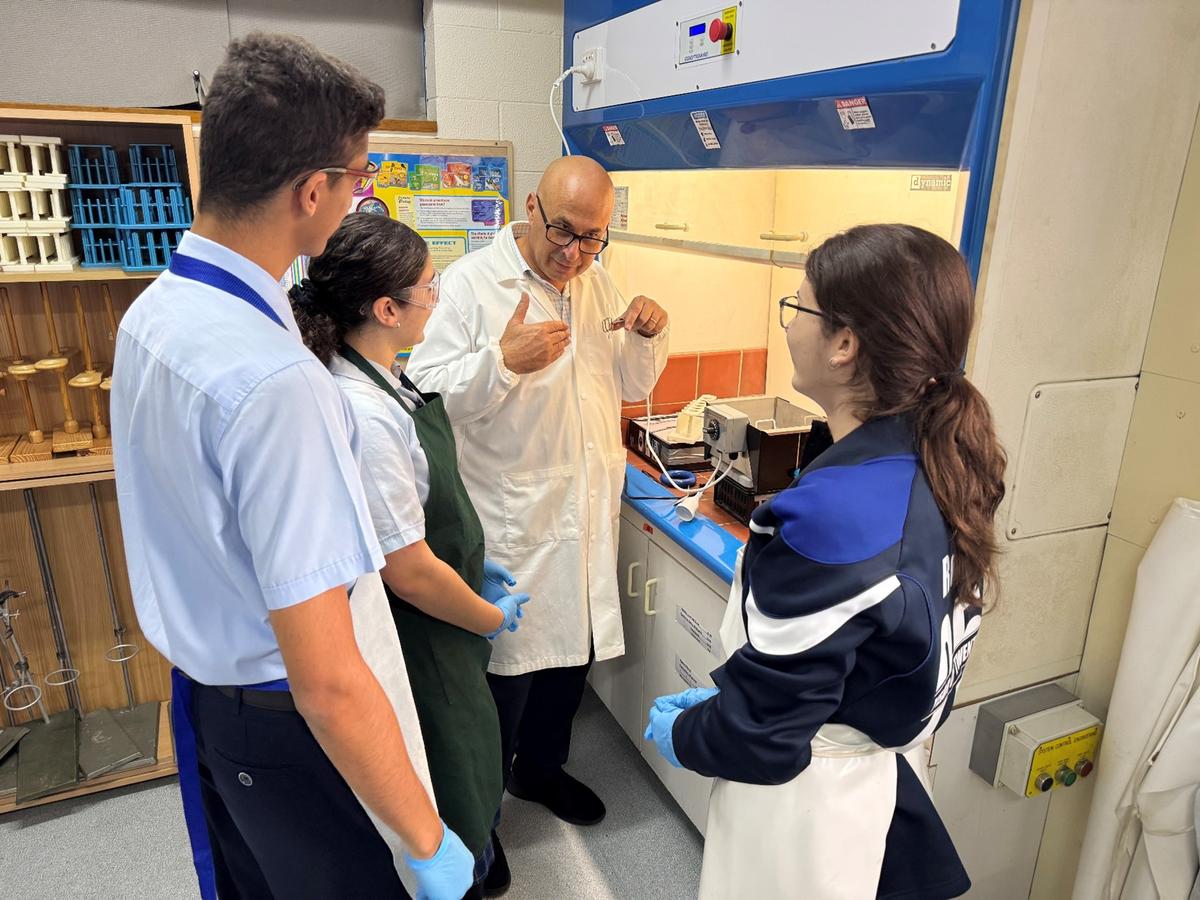

Many fruits naturally contain esters that give them their characteristic smells. In the lab, we can create synthetic esters that smell like these natural ones. These are then use in perfumes, air fresheners, flavourings, and even cosmetics.
Year 12 Biology: Class excursion at The Museum of Human Disease (UNSW)
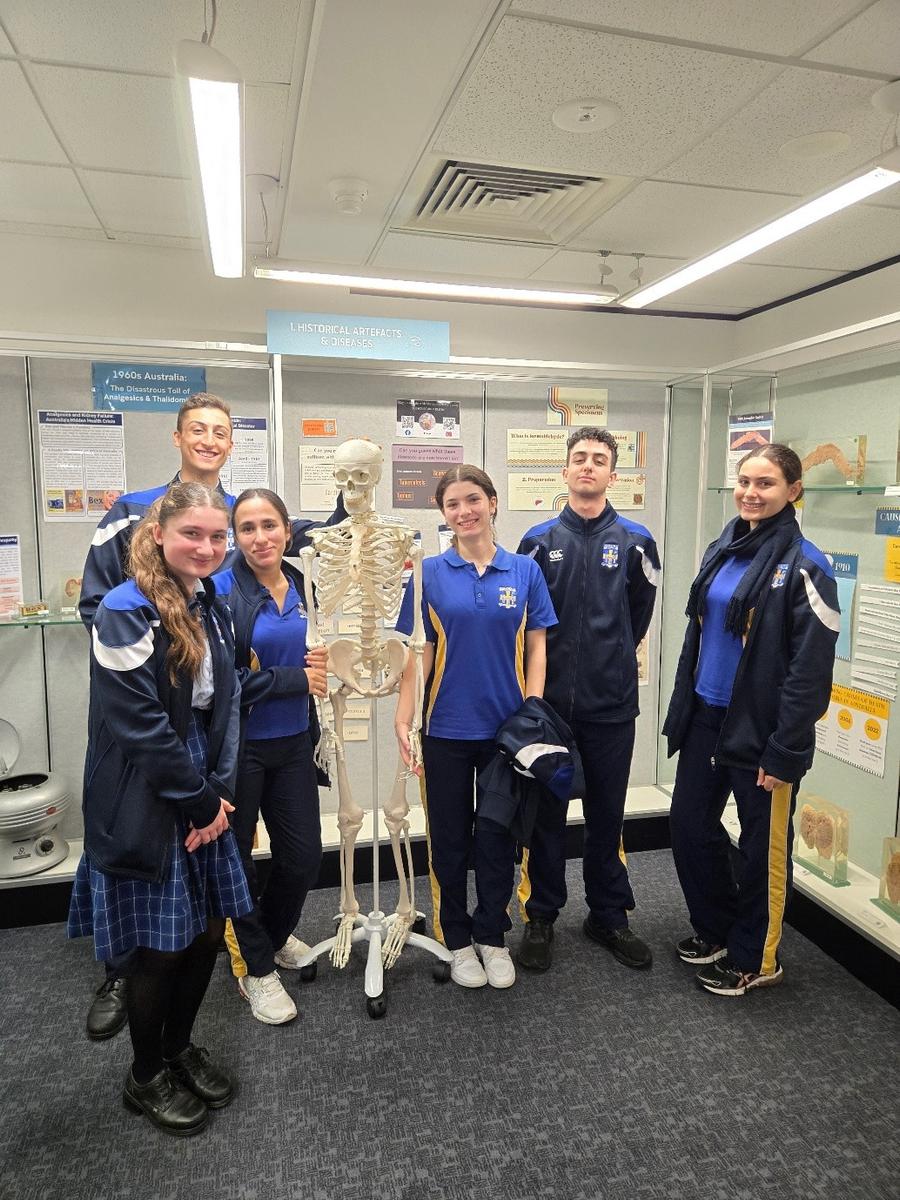

Students explored a diverse range of specimens showcasing both infectious and non-infectious diseases. The collection includes examples of conditions such as cancer, HIV/AIDS, strokes, heart disease, diabetes, genetic disorders, and the impacts of lifestyle factors like smoking and alcohol consumption. Each specimen is accompanied by detailed information, providing context and understanding of the disease processes.